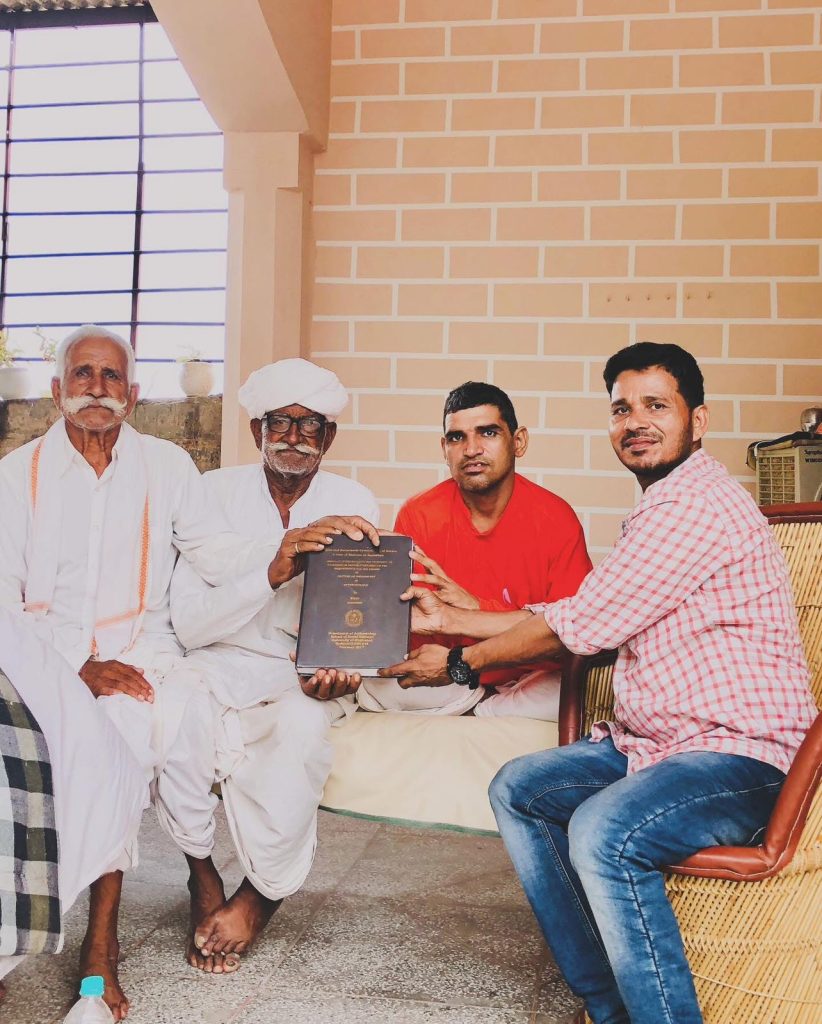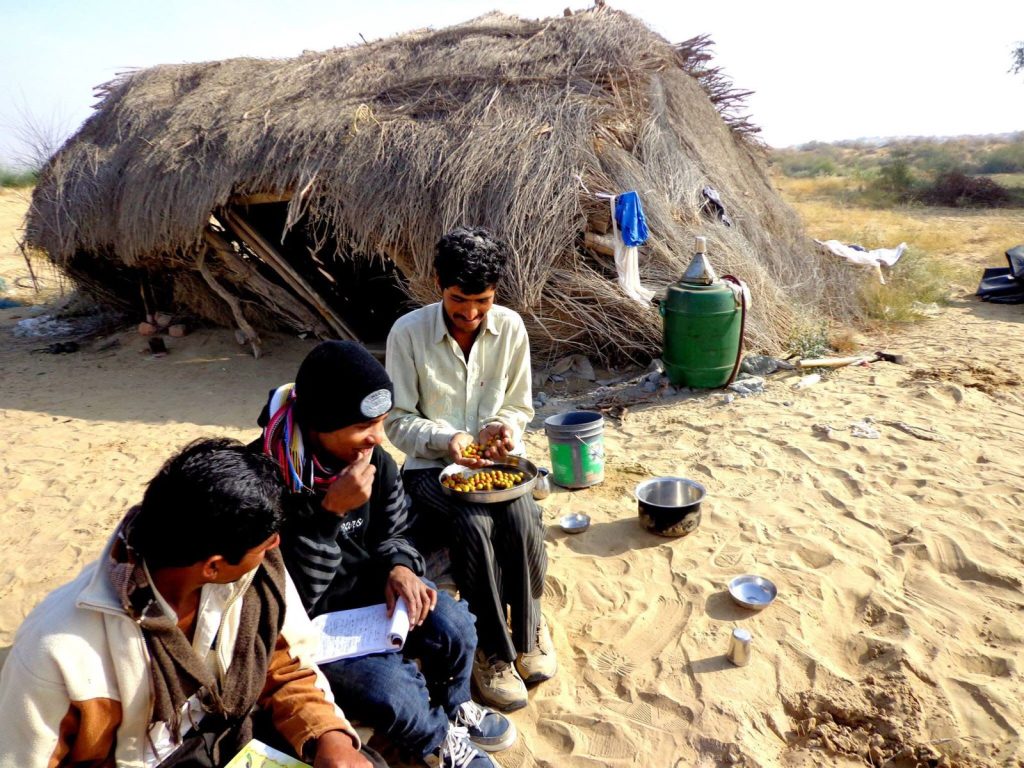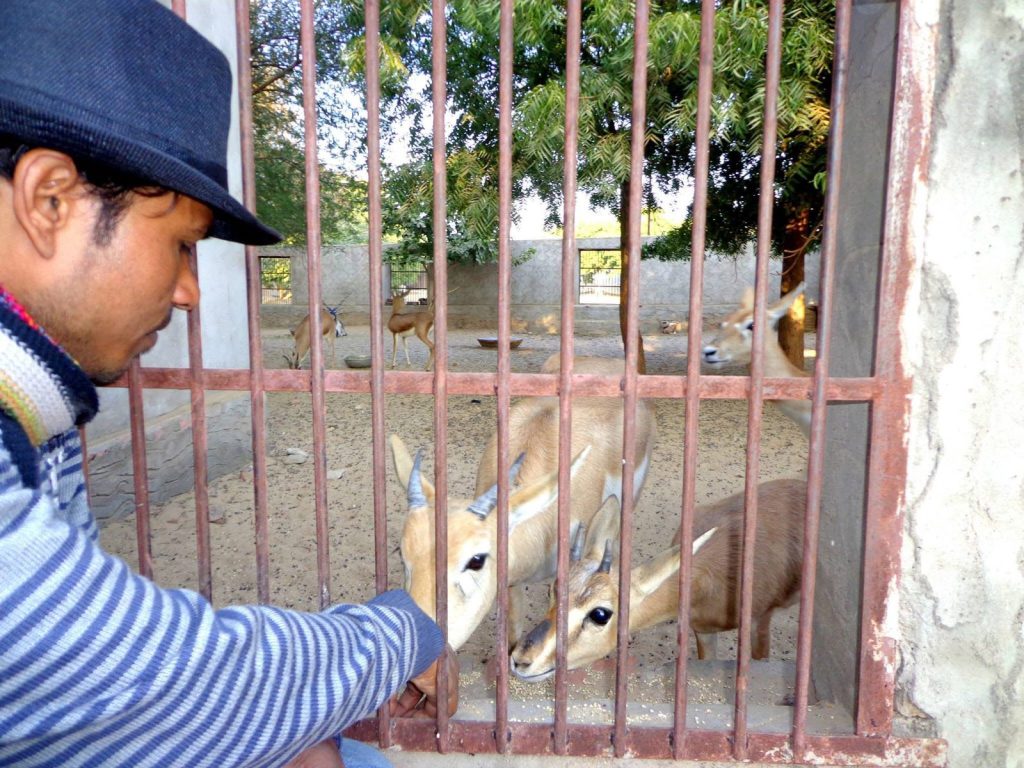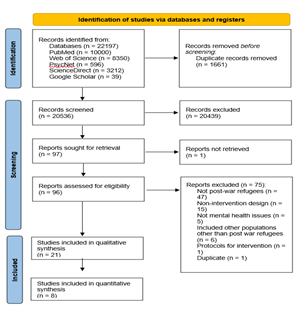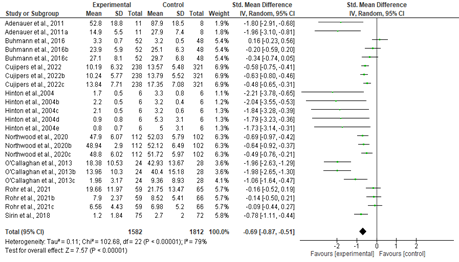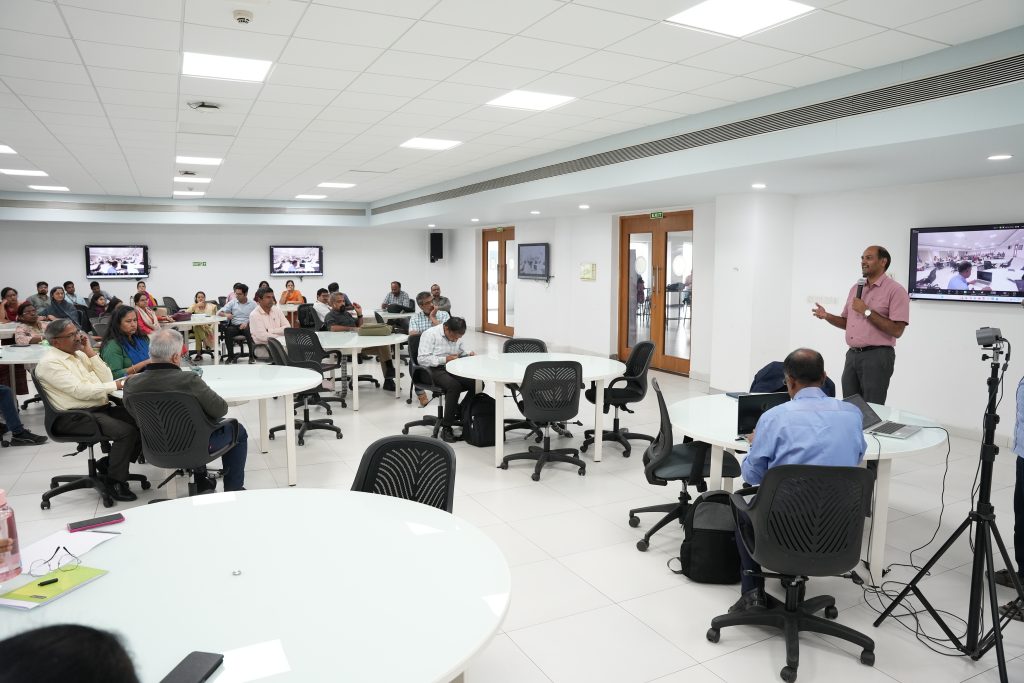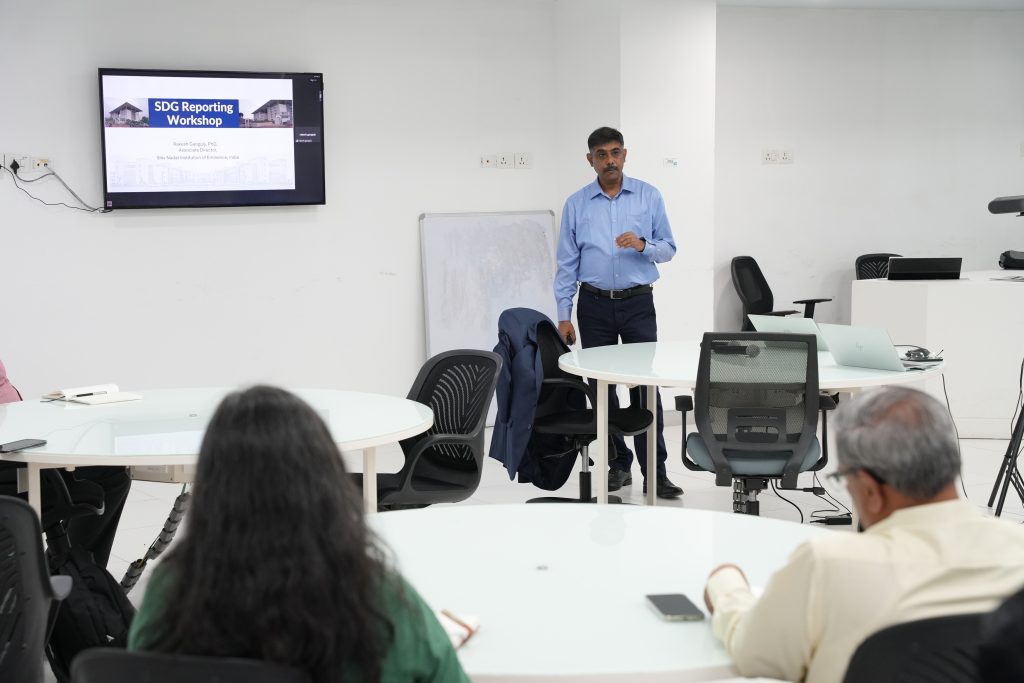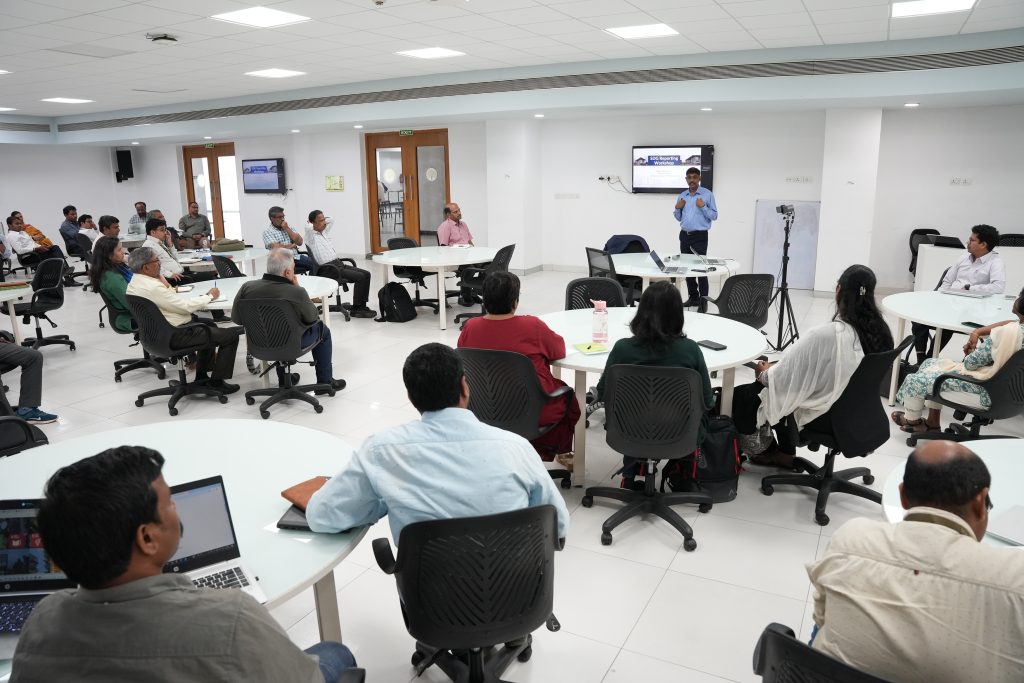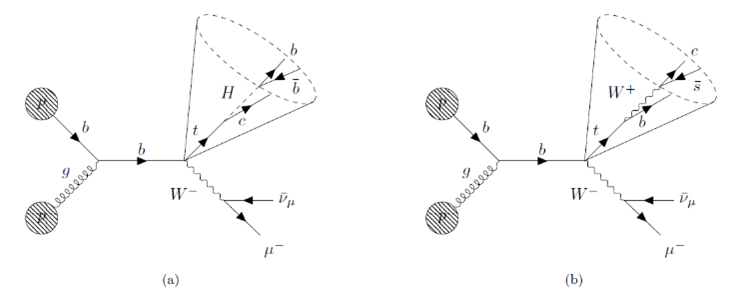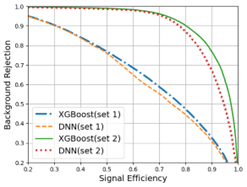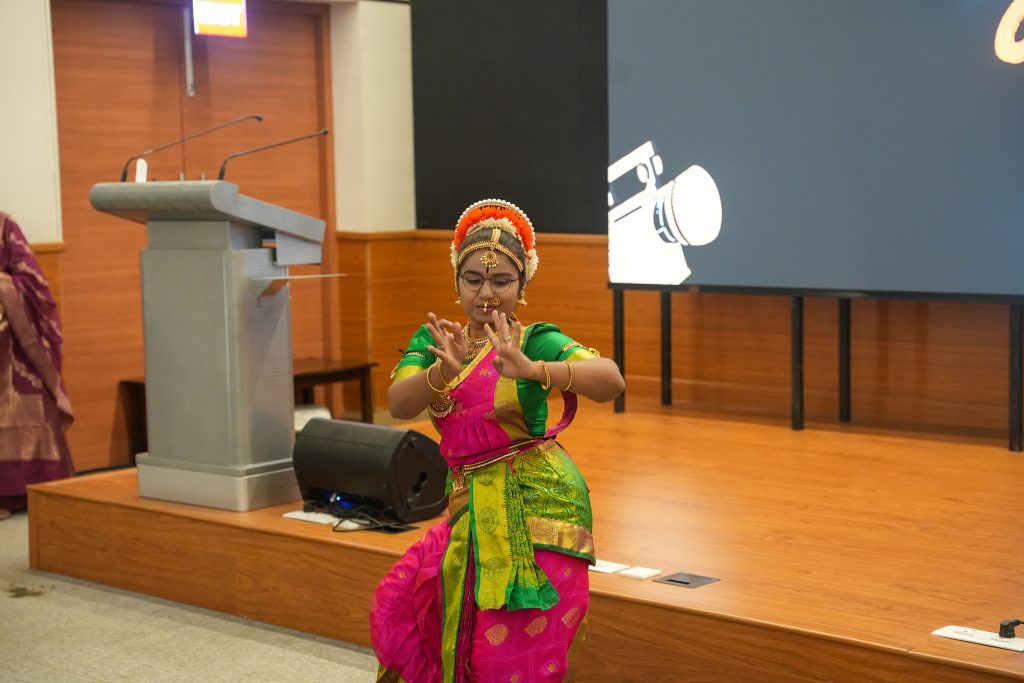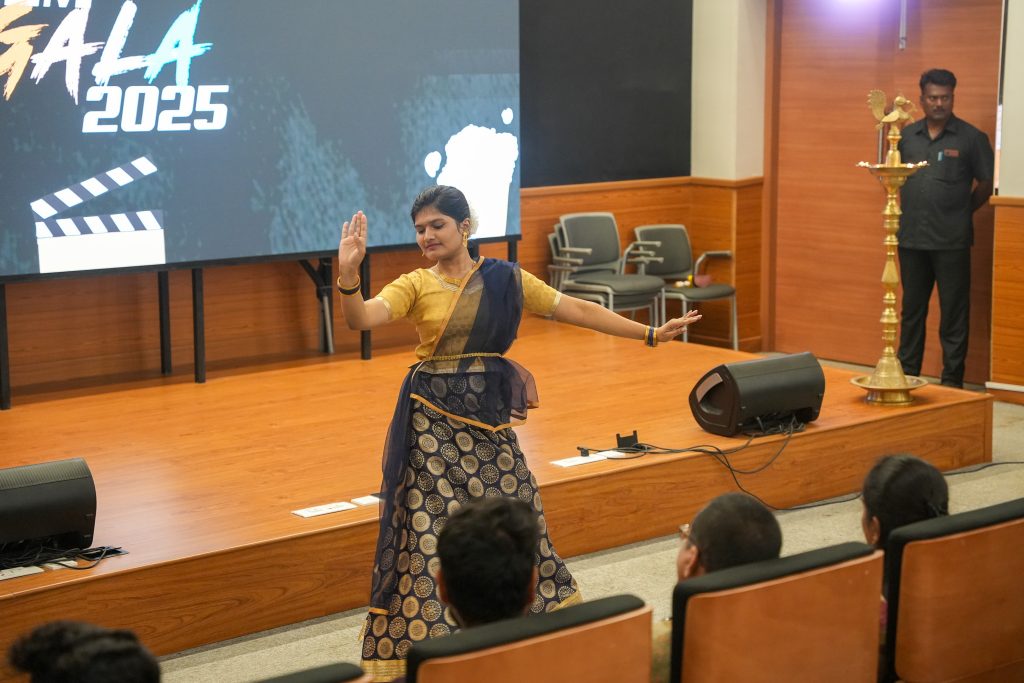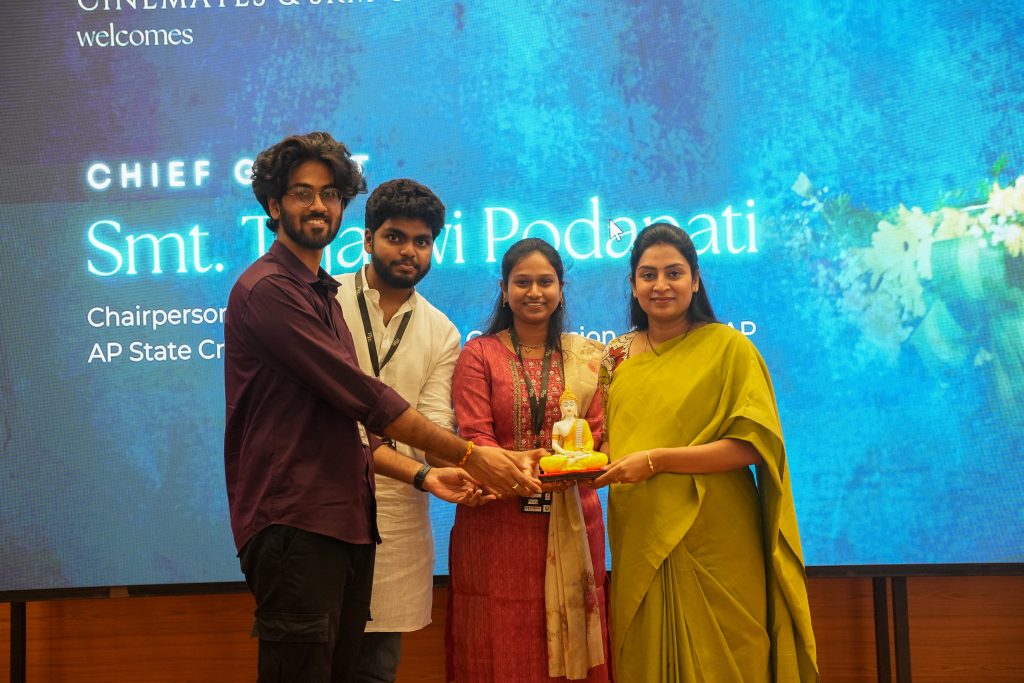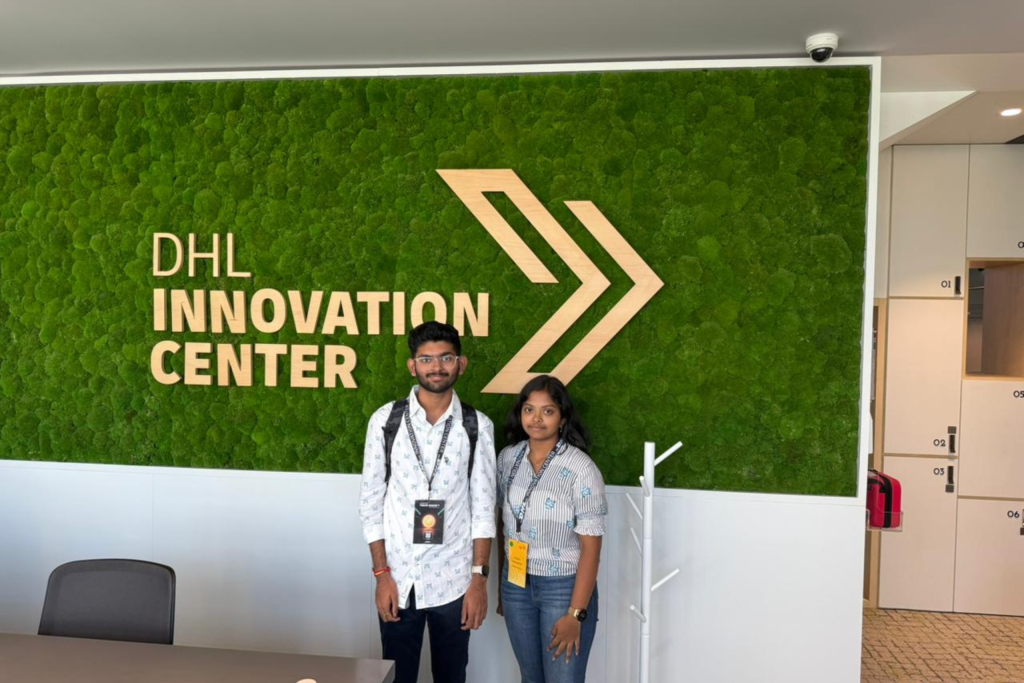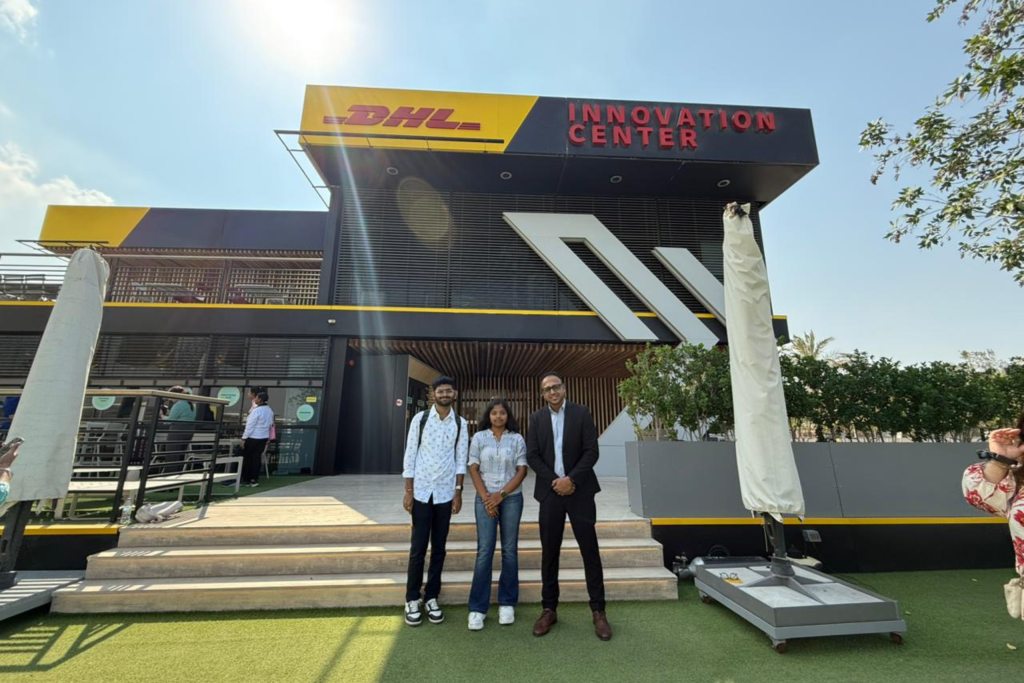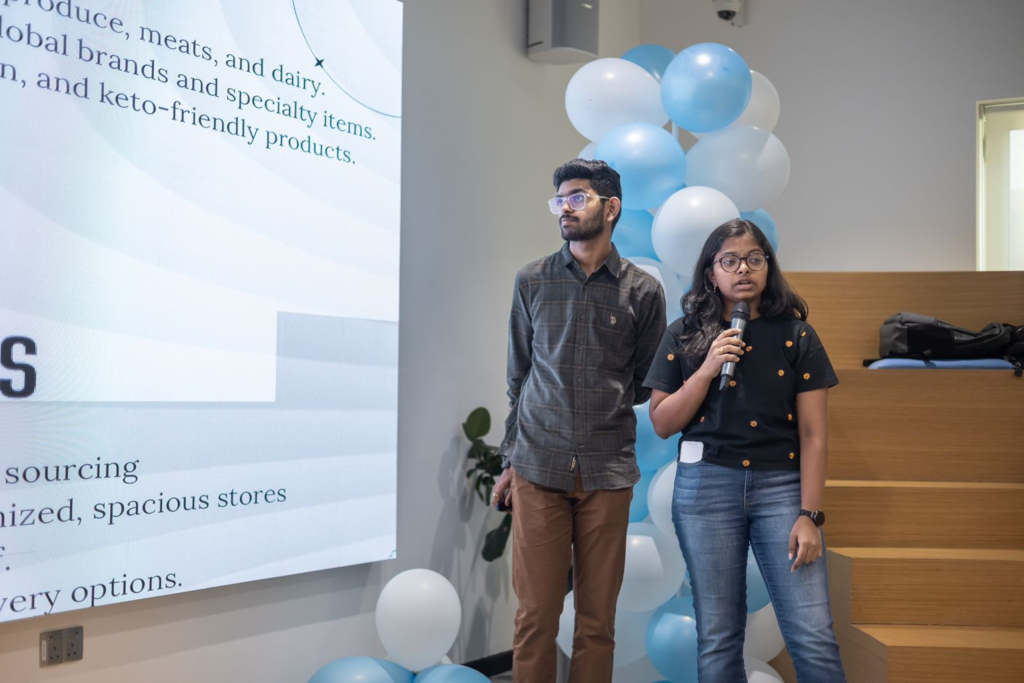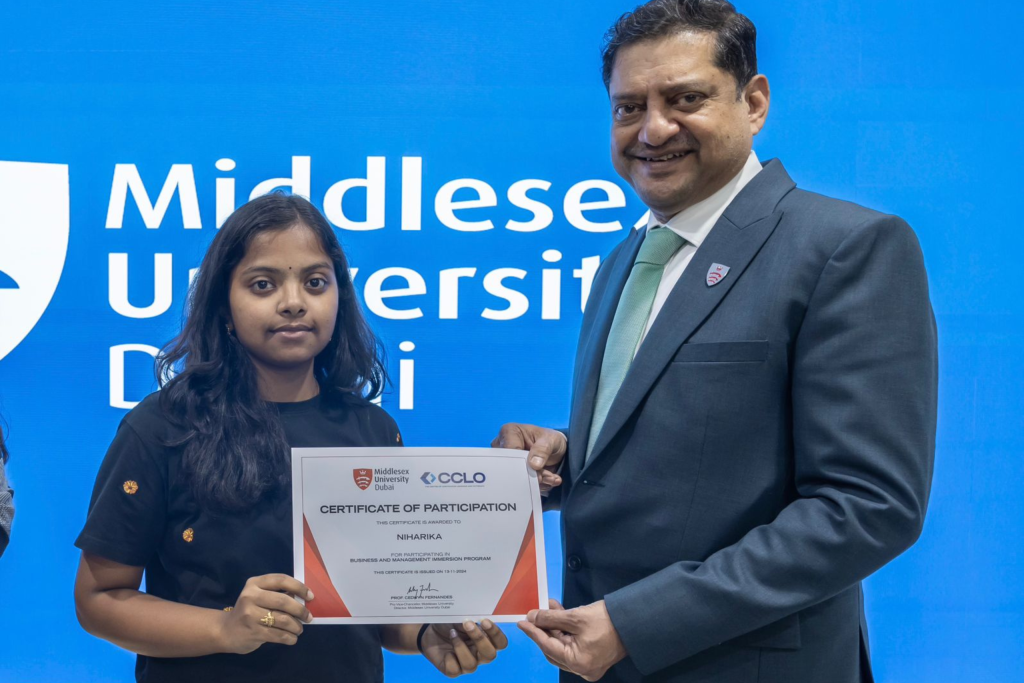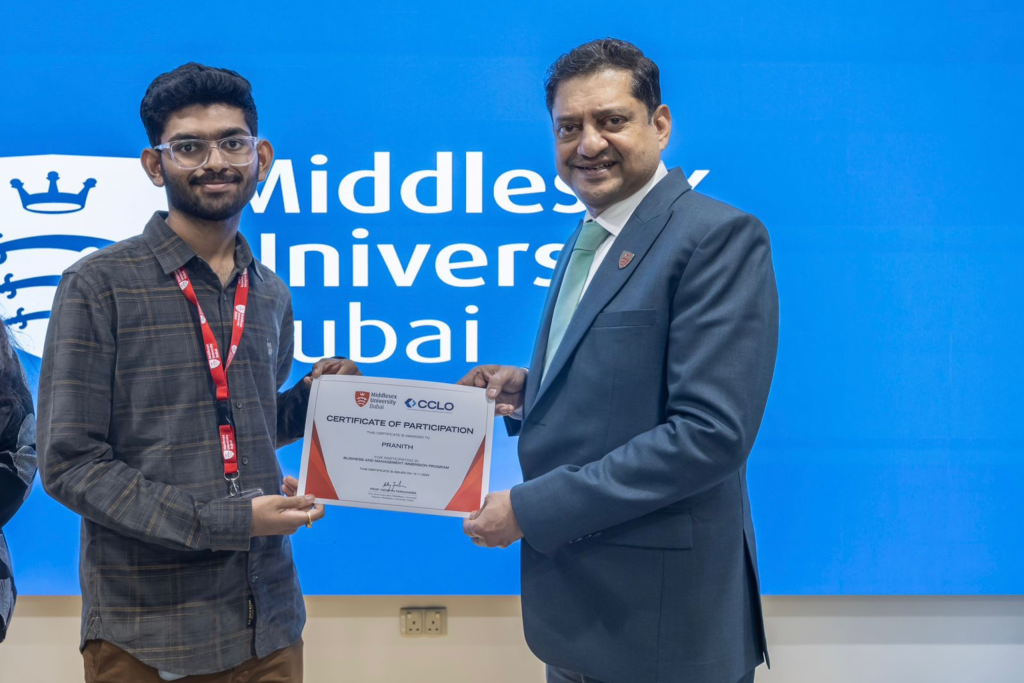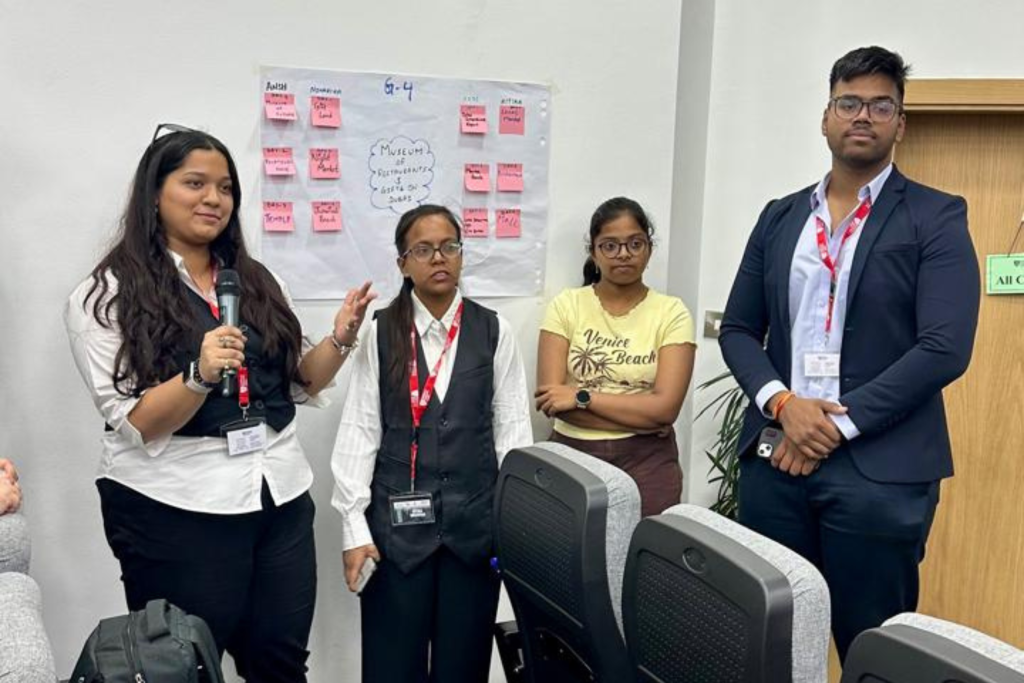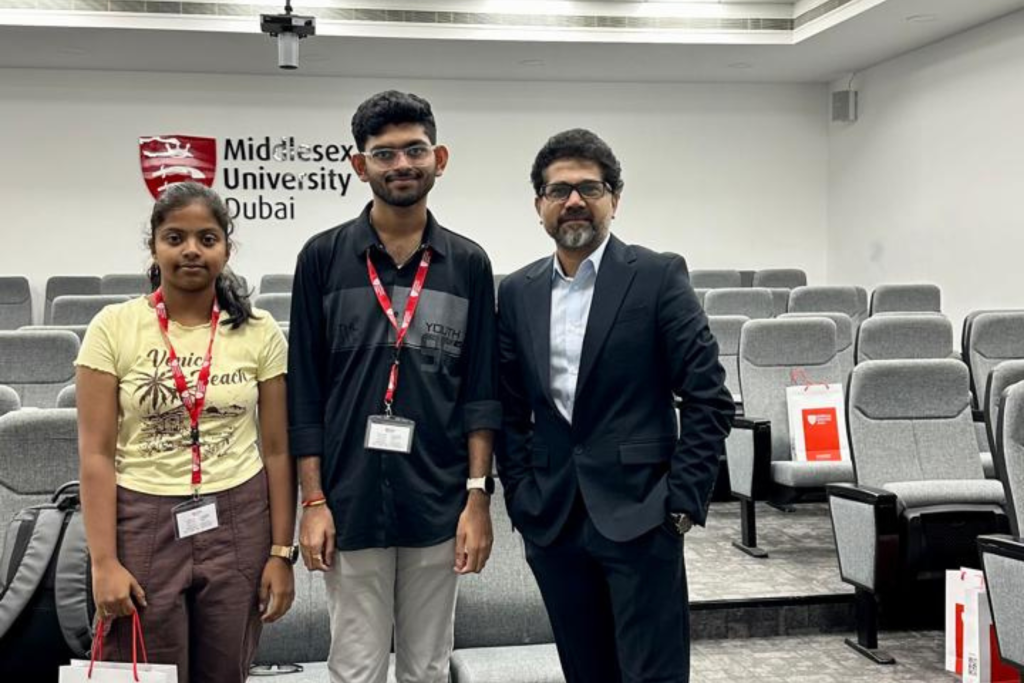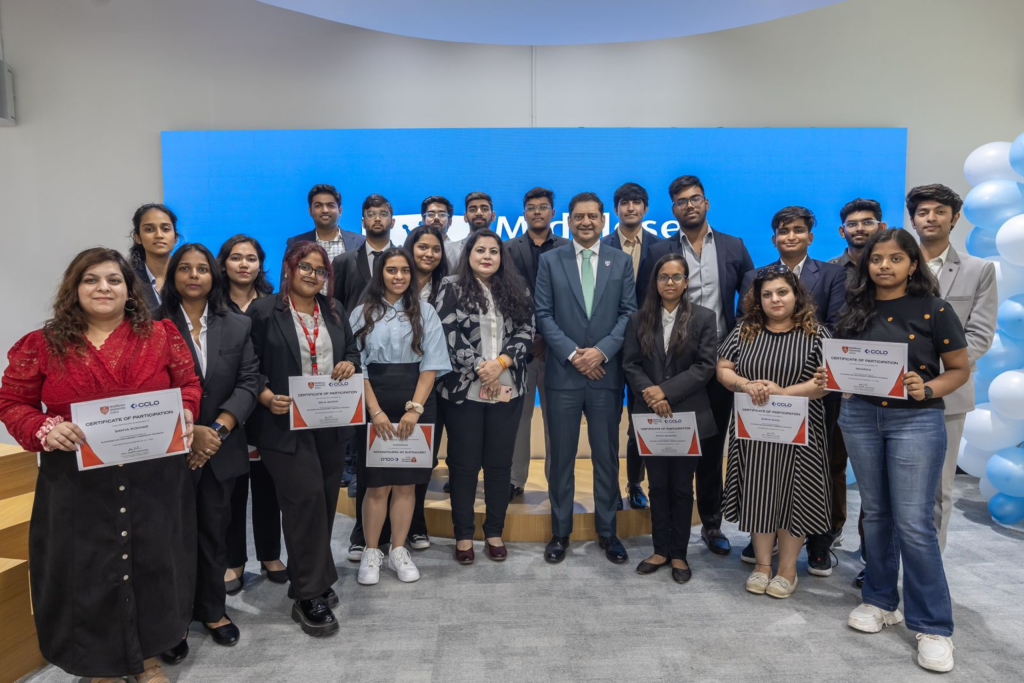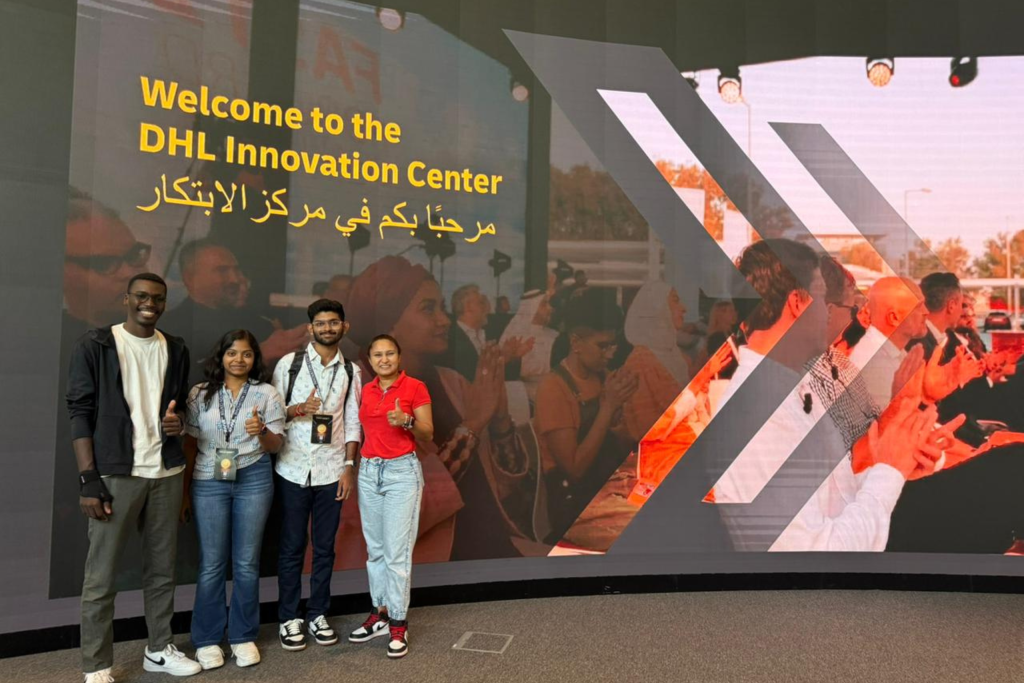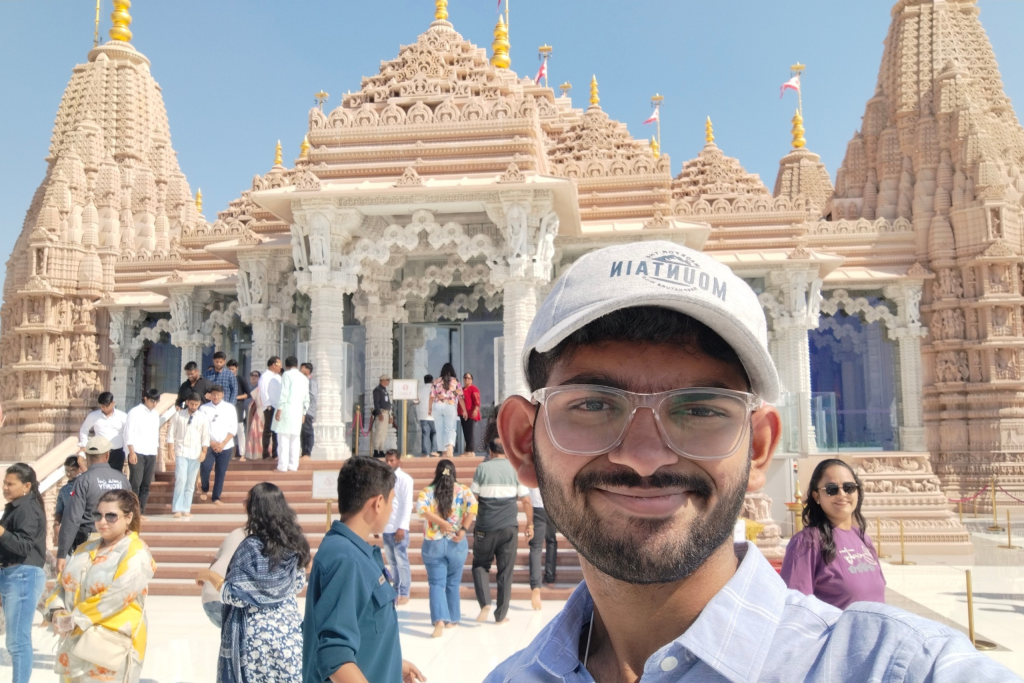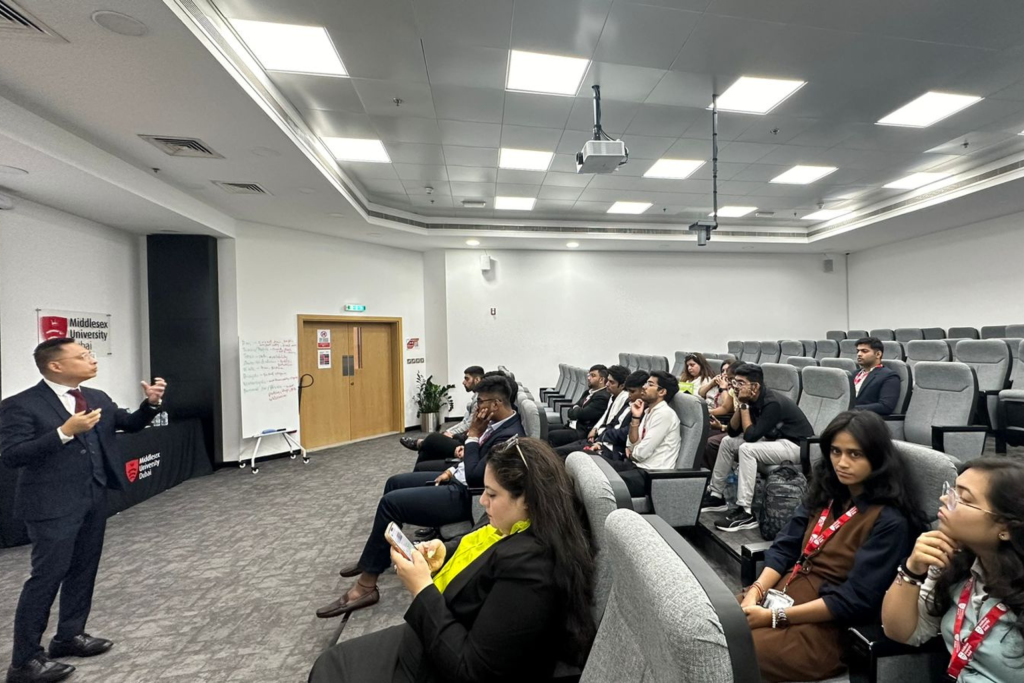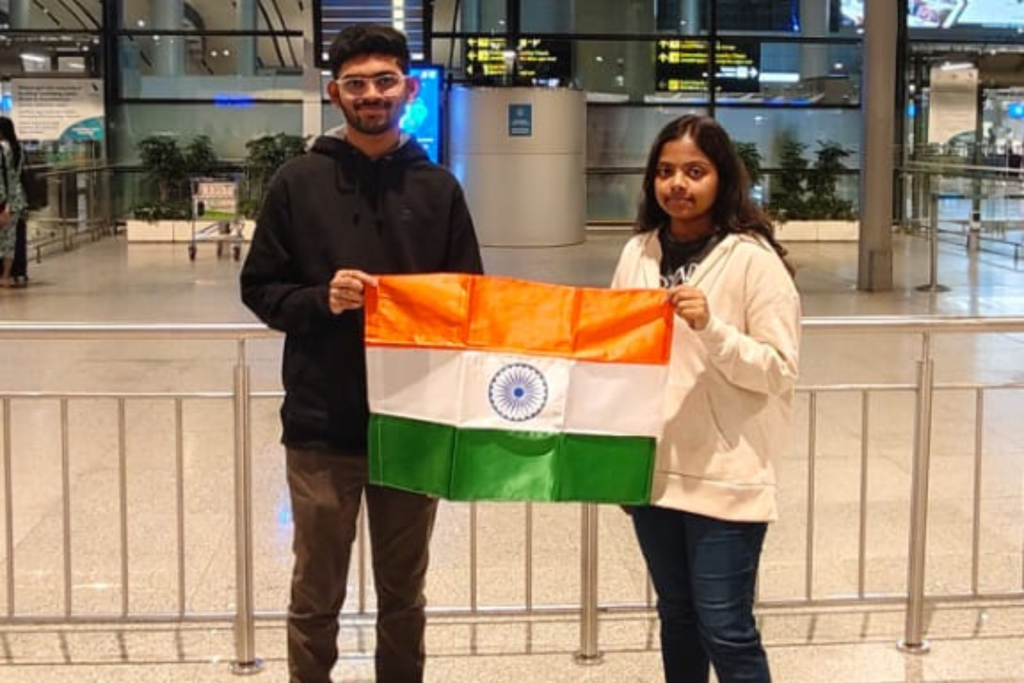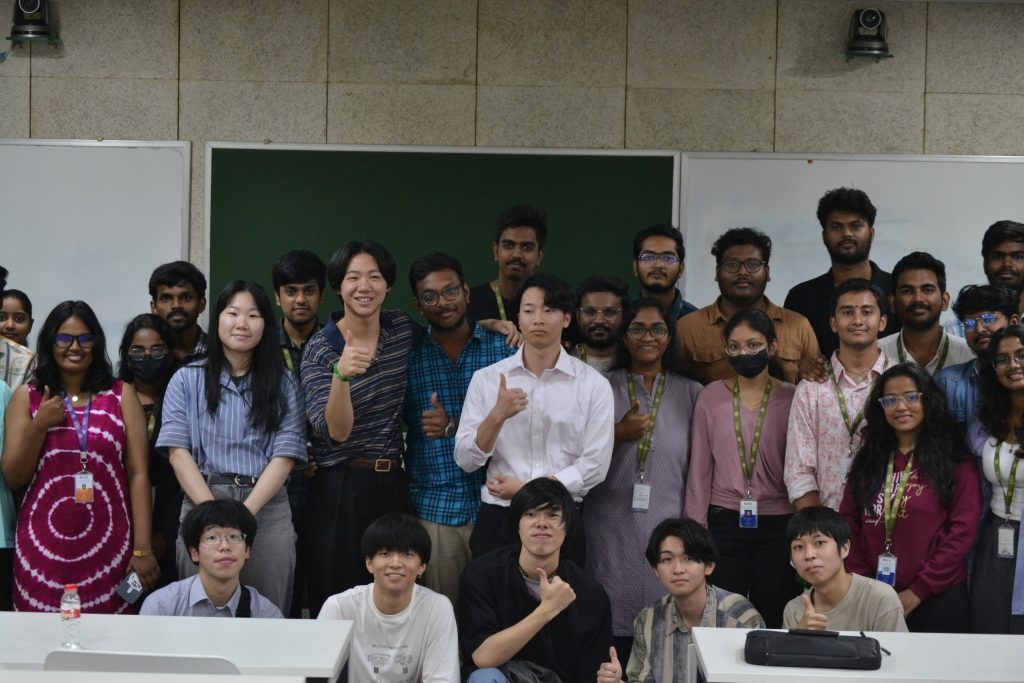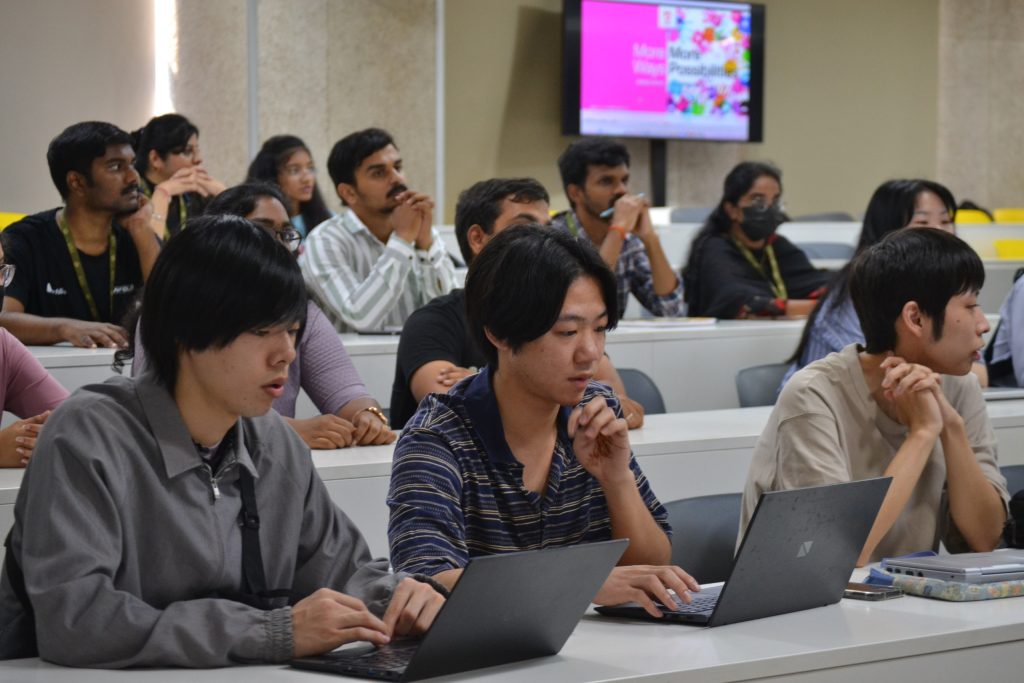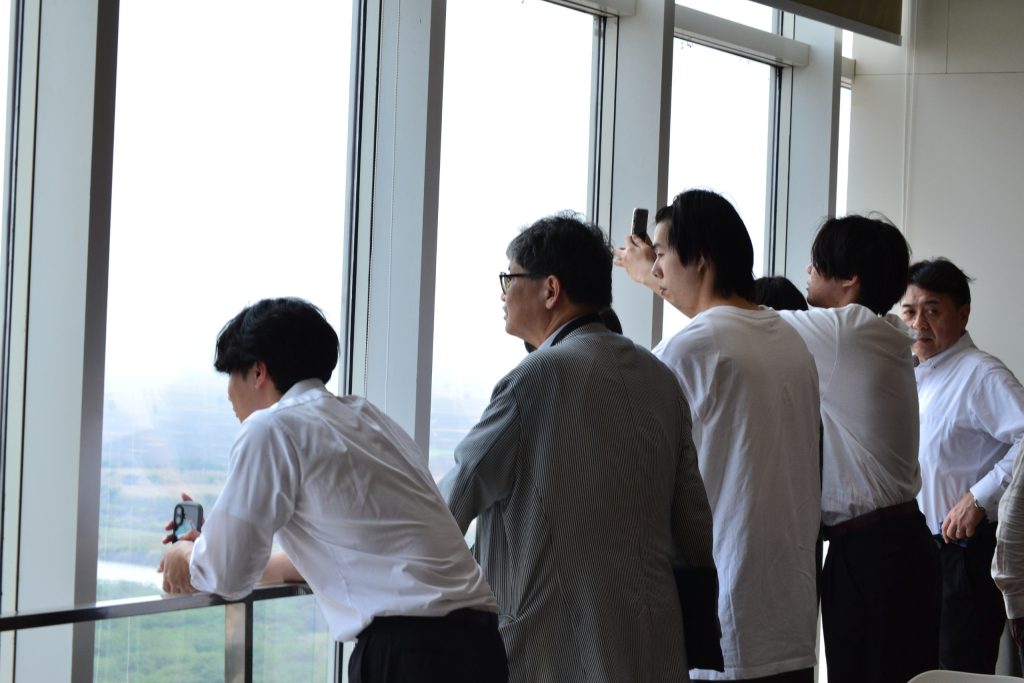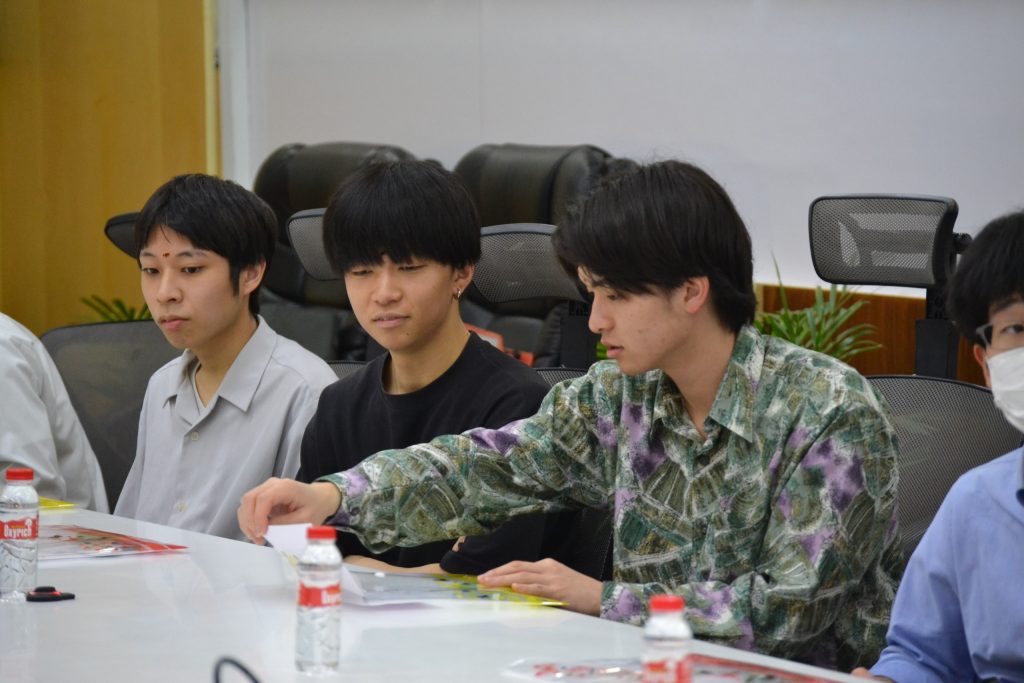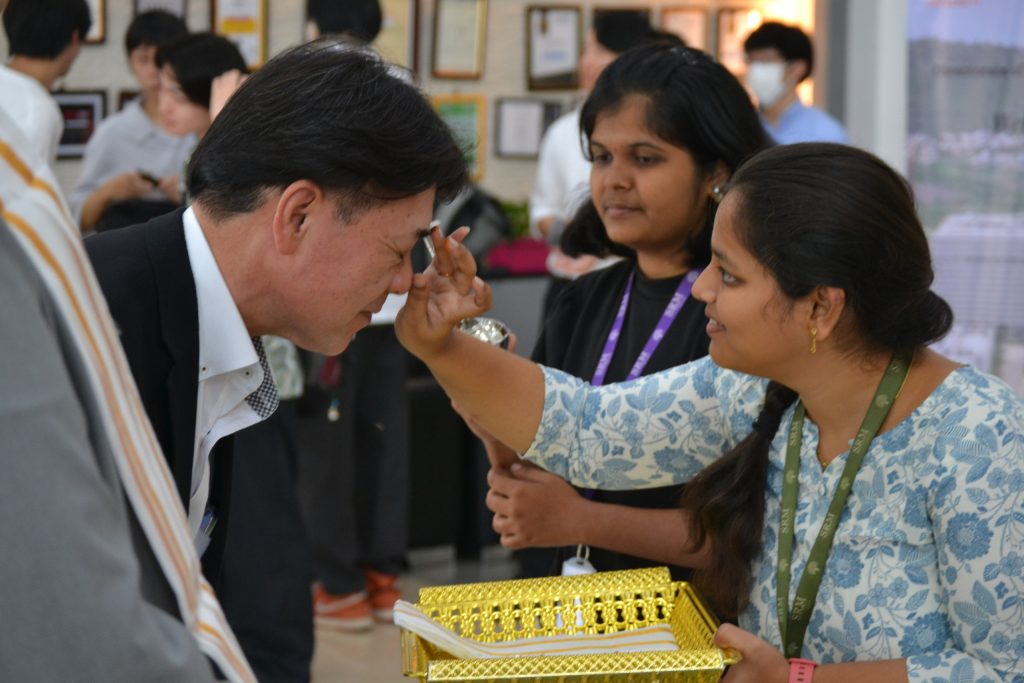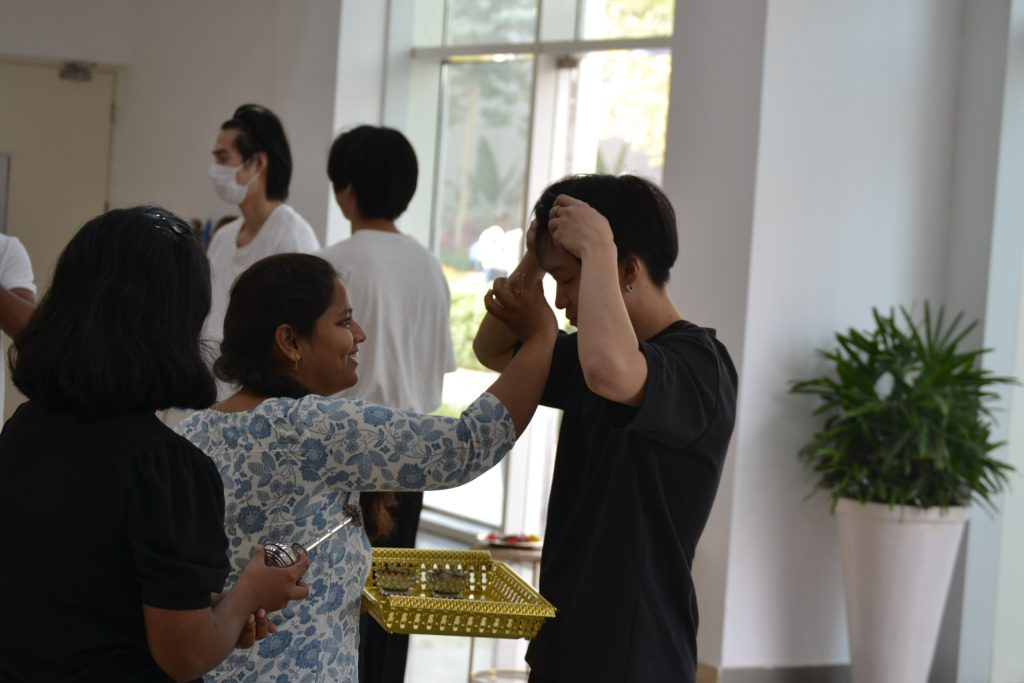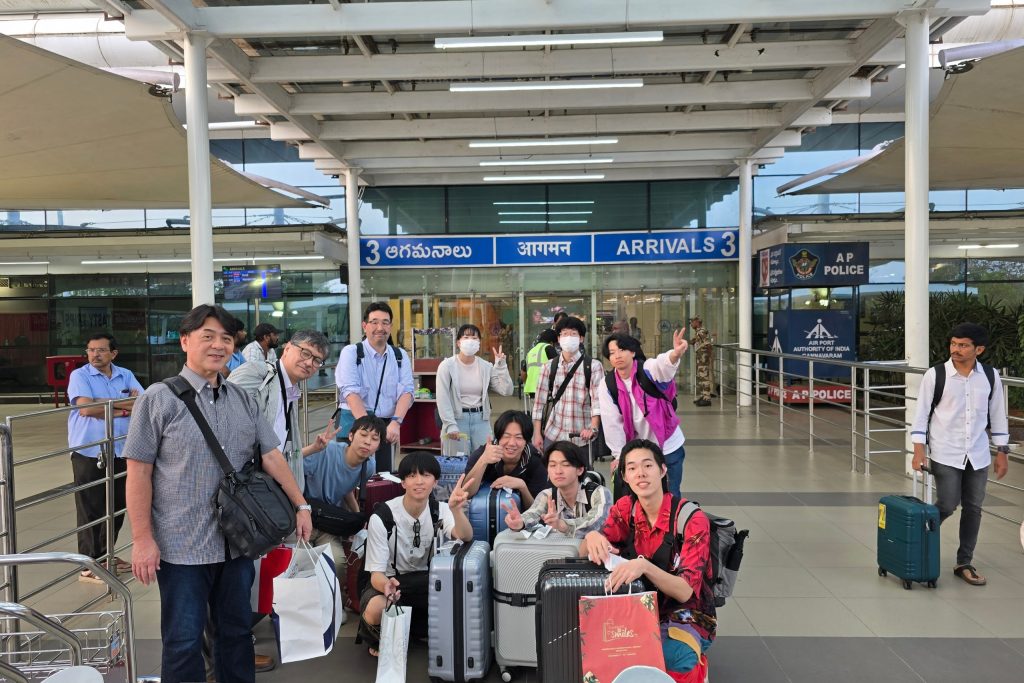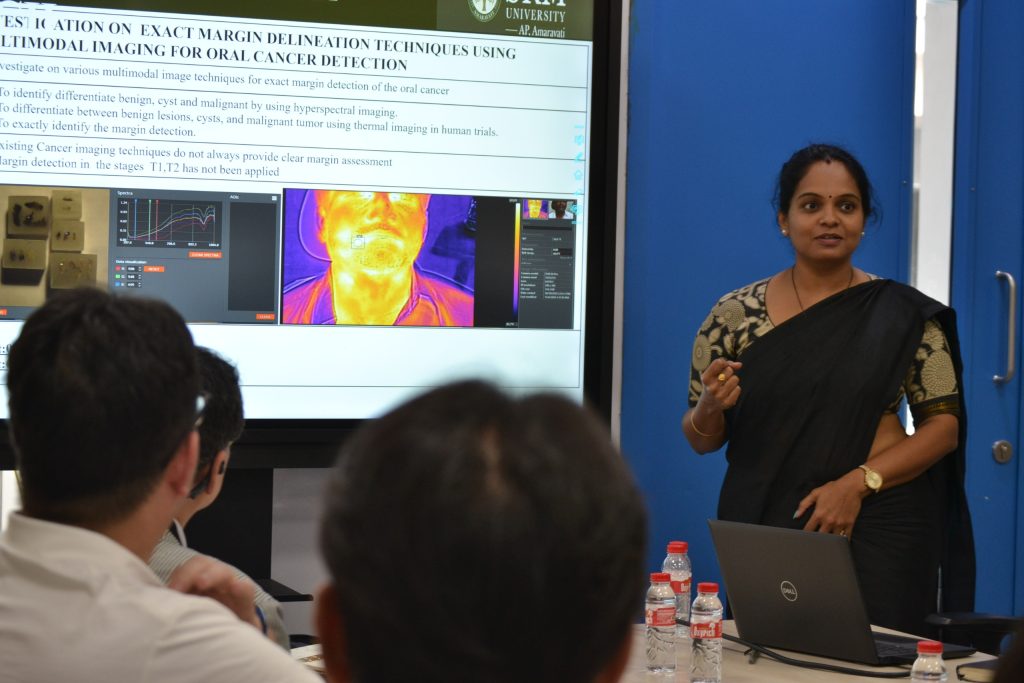Bishnois Combating Climate Change
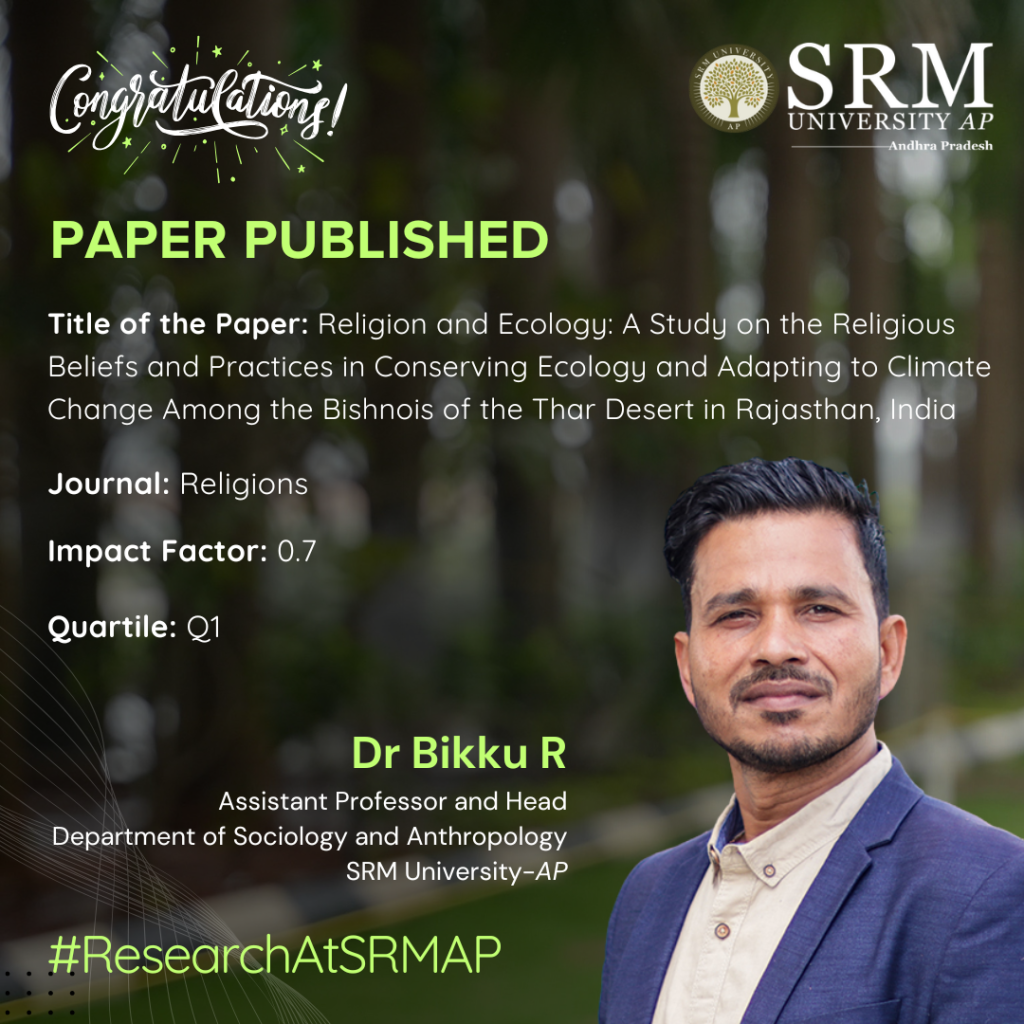 Prof. Bikku R, Assistant Professor and Head of the Department of Sociology and Anthropology, examines in his research paper, “Religion and Ecology: A Study on the Religious Beliefs and Practices in Conserving Ecology and Adapting to Climate Change Among the Bishnois of the Thar Desert in Rajasthan, India,” the environmental practices and knowledge of the Bishnoi community in Khejarli Village, Jodhpur. He highlights the connection between these local communities and their crucial role in conserving the region’s flora and fauna, as well as their efforts in combating climate change.
Prof. Bikku R, Assistant Professor and Head of the Department of Sociology and Anthropology, examines in his research paper, “Religion and Ecology: A Study on the Religious Beliefs and Practices in Conserving Ecology and Adapting to Climate Change Among the Bishnois of the Thar Desert in Rajasthan, India,” the environmental practices and knowledge of the Bishnoi community in Khejarli Village, Jodhpur. He highlights the connection between these local communities and their crucial role in conserving the region’s flora and fauna, as well as their efforts in combating climate change.
Abstract
Climate change is a global issue with diverse regional impacts threatening the survival of both human and non-human species. While the academic discourse on climate change predominantly focuses on macro-level studies, it often neglects the vital role of local environmental practices and the perspectives of affected communities. This paper presents insights from ethnographic fieldwork conducted among the Bishnoi community in Khejarli Village, Jodhpur, in the Thar Desert of India. This study utilizes participant observations, semi-structured interviews, focus group discussions, and case studies to explore local environmental knowledge and practices aimed at mitigating and adapting to climate change. Findings reveal the Bishnois’ deep-rooted relationship with nature and the pivotal role of religious beliefs in shaping their conservation efforts. Since the 15th century, the Bishnois have been committed to protecting local species, such as plants and animals, which has been crucial for sustaining the desert ecosystem and combating climate change. Moreover, their religious teachings and principles have helped conserve values among younger generations, ensuring a lasting culture of environmental stewardship. This paper supports integrating micro-level ethnographic studies into global climate change dialogues, urging the recognition of local knowledge as an essential resource for addressing contemporary environmental challenges
Practical and Social Implications:
“The Bishnois’ enduring commitment to protecting wildlife and their natural surroundings demonstrates that integrating local, religious, and cultural values can help mitigate both natural and human-induced climate change. Expanding research on local communities’ ecological knowledge and conservation practices is essential for challenging contemporary climate change impacts. While global awareness is necessary, it is equally important to understand and support the valuable contributions of local communities in combating climate change. We can develop more effective, culturally relevant solutions to global environmental challenges by embracing these contributions”.
Future Research plan:
Dr Bikku is preparing to write a book on The Bishnoi Religion and Ecological Conservation
- Published in Departmental News, News, Research News, Sociology and Anthropology News
A Meta Analysis on the Mental Health of War Refugees
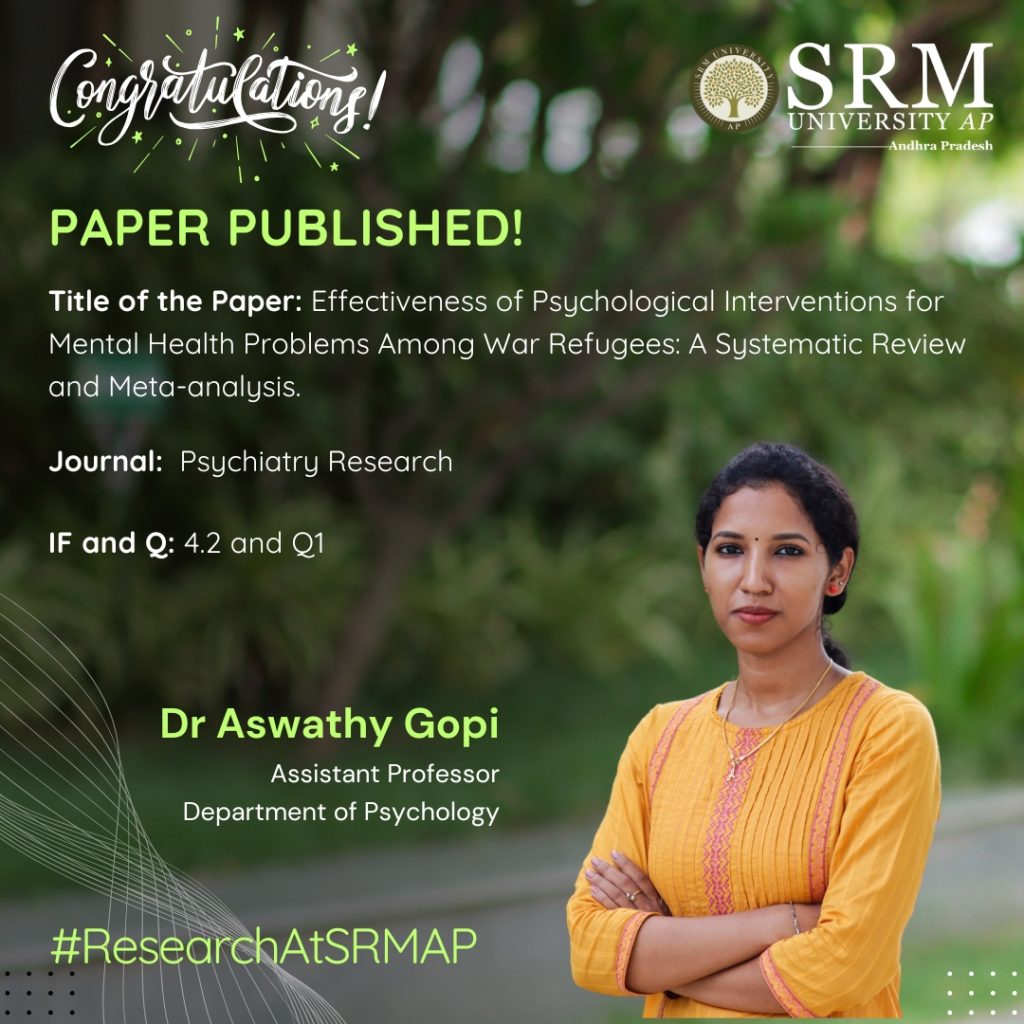 “I object to violence because when it appears to do good, the good is only temporary; the evil it does is permanent.”, this quote by Mahatma Gandhi serves as a stark reality that war leaves individuals grappling in severe trauma. Dr Aswathy Gopi, an Assistant Professor at the Department of Psychology, explores this impact in her research paper titled “Effectiveness of Psychological Interventions for Mental Health Problems Among War Refugees: A Systematic Review and Meta-Analysis.” Her paper sheds light on the profound effects of war on the mental health of refugees, emphasising the need for tailored approaches to support their psychological well-being.
“I object to violence because when it appears to do good, the good is only temporary; the evil it does is permanent.”, this quote by Mahatma Gandhi serves as a stark reality that war leaves individuals grappling in severe trauma. Dr Aswathy Gopi, an Assistant Professor at the Department of Psychology, explores this impact in her research paper titled “Effectiveness of Psychological Interventions for Mental Health Problems Among War Refugees: A Systematic Review and Meta-Analysis.” Her paper sheds light on the profound effects of war on the mental health of refugees, emphasising the need for tailored approaches to support their psychological well-being.
Abstract:
War and displacement have led to a global mental health crisis, with 117.3 million individuals displaced and one in five refugees experiencing psychological distress. Despite the availability of psychological interventions, their overall effectiveness remains unclear. This systematic review and meta-analysis evaluate the impact of psychological interventions on war refugees’ mental health. A comprehensive search of PubMed, Web of Science, APA PsycNET, ScienceDirect, and Google Scholar (July 2024) identified 21 studies for systematic review and eight randomized controlled trials for meta-analysis. The results indicate a significant medium effect size of psychological interventions (SMD = -0.69, 95% CI: -0.87, -0.51, p < .00001), with in-person interventions showing a large effect (SMD = -1.03) and telehealth interventions demonstrating a small effect (SMD = -0.44) in reducing the mental health issues among war refugees. Findings support the effectiveness of psychological interventions, emphasizing the need for further research on digital mental health solutions to enhance accessibility for war refugees.
Explanation in layperson’s terms
War forces millions of people to leave their homes, and many of them experience severe stress, anxiety, and depression. In fact, one in five refugees struggles with serious mental health problems. While various psychological therapies exist to support them, it is unclear how effective they truly are. The current review identified the available in-person as well as telehealth-based psychological interventions that help war refugees in addressing their mental health conditions using evidence from 21 studies. A statistical examination of eight high-quality trials found that psychological support significantly helps refugees in reducing mental health issues. Although face-to-face therapy was reported to be the most effective, online therapy also demonstrated positive results, with a smaller effect. Given the limited number of studies on digital interventions, further research is warranted due to factors like displacement and limited healthcare resources of war refugee.
Practical Implementation and Social Implications
Psychological interventions involving both in-person and telehealth showed effectiveness for mental health problems among war-refugees. Policy makers and intervention developers should provide keen attention while designing interventions for mental health issues of war refugees as their challenges are distinct from other refugees and the general population. Further, the government and healthcare authorities can aim for adopting hybrid models integrating both telehealth and in-person interventions for the effective management of mental health problems of war refugees.
Collaborations
This secondary analysis was conducted in collaboration with Indian Institute of Technology Bhilai, Chhattisgarh.
Future research plans
Dr Aswathy Gopi is currently working on positive organisational health, with several research works under review in reputed high-impact journals. The research primarily explores organisational effectiveness and mental health outcomes across various populations. She is also collaborating with IITs and central universities to conduct both primary and secondary research in this domain.
The link to the article
https://doi.org/10.1016/j.psychres.2025.116432
- Published in Departmental News, News, Psychology News, Research News
Dr Rakesh Ganguly on SDG Implementation
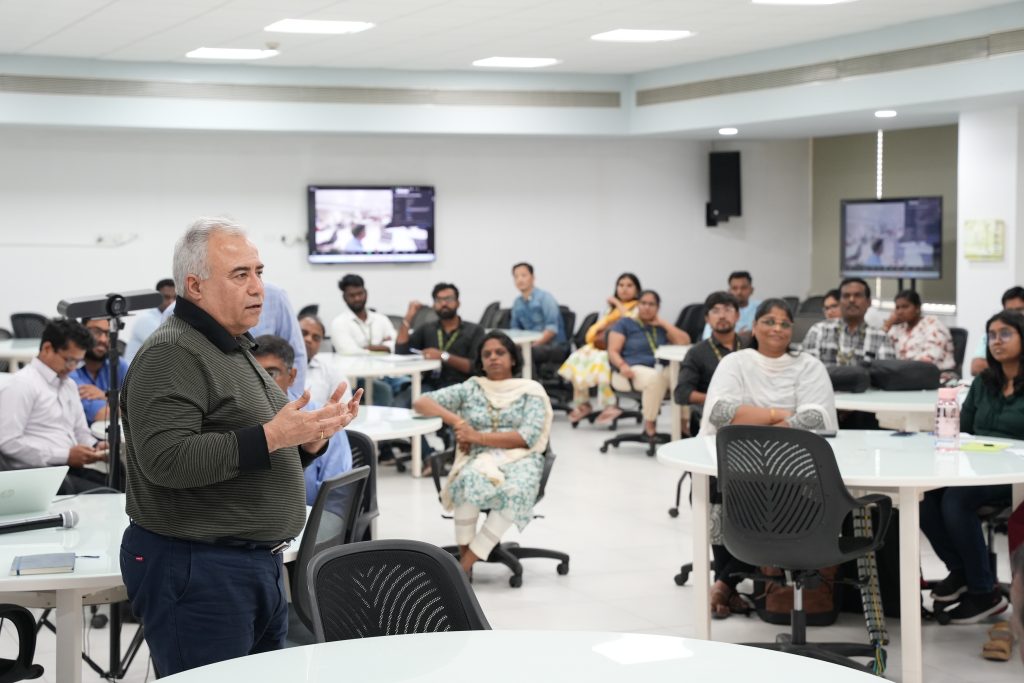 The Office of the Quality Assurance and Rankings at SRM University-AP organised a one-day workshop on the implementation of Sustainable Development Goals on campus. The event witnessed Mr Rakesh Ganguly, Associate Director, Office of Accreditation and Regulatory Affairs, Shiv Nadar Institution of Eminence.
The Office of the Quality Assurance and Rankings at SRM University-AP organised a one-day workshop on the implementation of Sustainable Development Goals on campus. The event witnessed Mr Rakesh Ganguly, Associate Director, Office of Accreditation and Regulatory Affairs, Shiv Nadar Institution of Eminence.
Mr Rakesh, a nodal officer of NIRF, IoE and QS, is also an alumnus of the UC Berkeley’s Executive Leadership. The one-day workshop aimed to provide a structured approach to SDG reporting and its role in institutional sustainability and global rankings. The session exerted emphasis to areas where institutions can
demonstrate their strengths and the importance of collaborations in enhancing sustainability efforts.
Dr Ganguly examined the potential research and collaborative opportunities with industries in redressing the sustainability challenges. He also gave the participants an insight into showcasing sustainable initiatives through paperwork. Attendees got an opportunity to learn the significance of aligning sustainability development goals through research and community alignment.
The event saw the participation of faculty, PhD Scholars and Staff from various disciplines reflecting the growing interest in sustainability and SDG-driven initiatives. The workshop concluded with a valedictory session, where Dr Karthik Rajendran delivered the vote of thanks, acknowledging the contributions of the speaker, participants, and organising team.
- Published in Departmental News, News
An Algorithm that Redefines Employee Attrition Prediction Technology
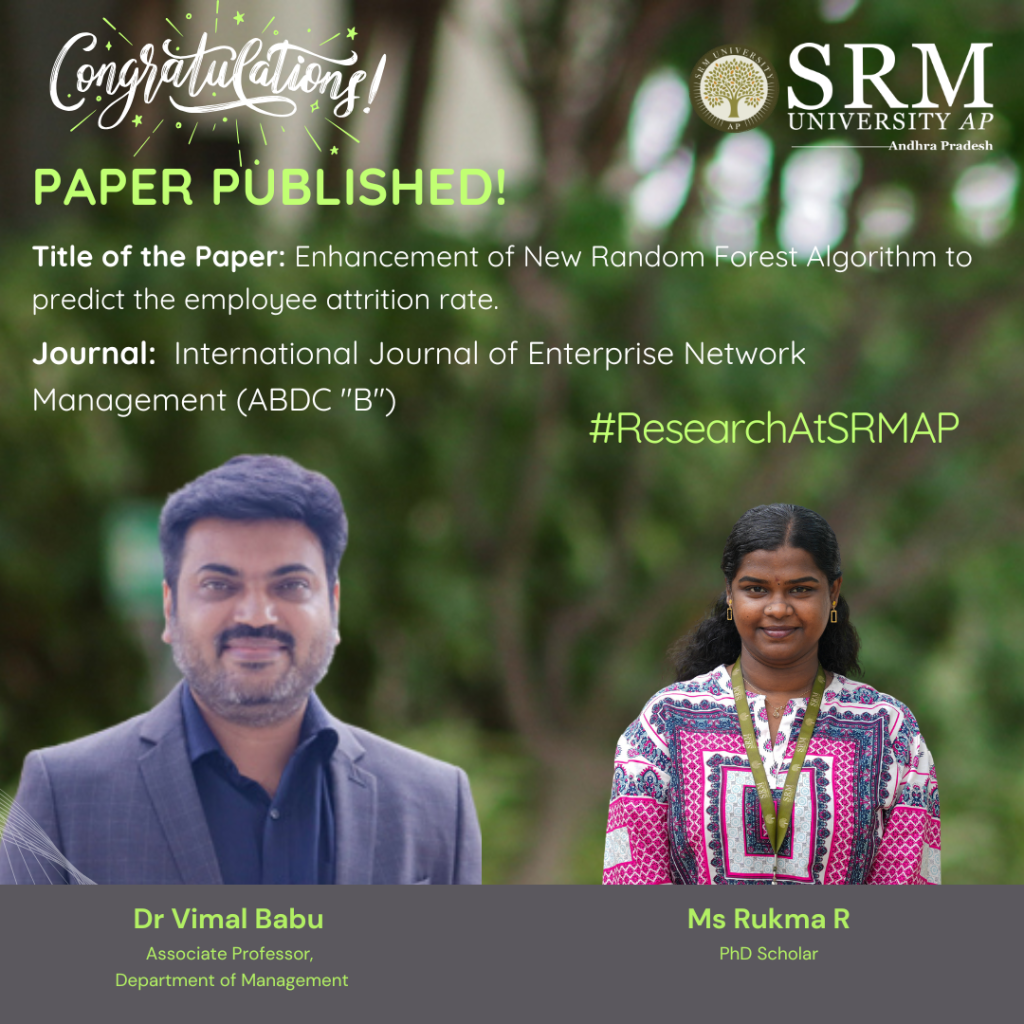
Dr Vimal Babu, Associate Professor in the Department of Management along with his PhD scholar Ms Rukma R, have co-authored a research paper titled “Enhancement of New Random Forest Algorithm to Predict the Employee Attrition Rate.” Published in the International Journal of Enterprise Network Management (ABDC-B), the paper also includes contributions from Dr Vijaya Prabhagar M, Assistant Professor at IIM Jammu.
Their work focuses on improving machine learning techniques to better predict employee attrition, that is, the employees who are likely to leave the organisation. The study focuses on the impact of HR analytics adoption by applying algorithms to predict employee attrition. It uses the Random Forest algorithm to identify reasons for attrition. However, this algorithm can be slow due to the large number of decision trees it uses. To improve it, the study proposes a new method that selects the best decision trees using a technique called fractional factorial design, which outperforms all others in predicting employee attrition.
Abstract
The problem of employee attrition in every organisation concerns the employee turnover ratio, thereby increasing the cost of investment in human resources. Various factors are reasonable for the rapid attritions at different phases. The purpose of the current study is to predict the employees who are likely to leave the organization. The factors that lead to attrition are identified using the Random Forest algorithm. The Random Forest algorithm is a widely used supervised machine-learning technique for classification and prediction. However, the random forest algorithm has certain issue like it is too slow and ineffective for real time predictions. i.e., the large number of trees can make the algorithm, which results in a slower model. Therefore, the study proposes, a new alternative for choosing the appropriate decision trees based on the concept of fractional factorial design of experiments. The different performance criteria were compared across the modified random forest algorithm, existing random forest algorithm, Support Vector Machine (SVM), Logistic Regression (LR), Navie Bayes (NB), K – Nearest Neighbour (K-NN), Decision Tree, XG Boost tree and Neural Network (NN). It was found that the modified random forest algorithm excelled in all criteria and performed better than the existing ones.
Practical Implementation/Social Implications of the Research
Practical implication: It emphasises the importance of focusing on factors like Business Travel, Job Role, Over Time, Department, Marital Status, and Education to reduce employee attrition. Organisations should design retention programs that support frequent travellers, manage overtime effectively, and address specific departmental needs. Tailoring job roles, promoting work-life balance through flexible hours, and providing educational opportunities are key strategies for enhancing employee satisfaction and retention.
Social Implication: The measures of this study can transform work culture into a more supportive and inclusive environment, promote gender equality by supporting employees with family responsibilities, and contribute to economic stability through reduced attrition. By investing in employee well-being, organizations can also strengthen their community engagement and corporate social responsibility initiatives for both employees and the broader society.
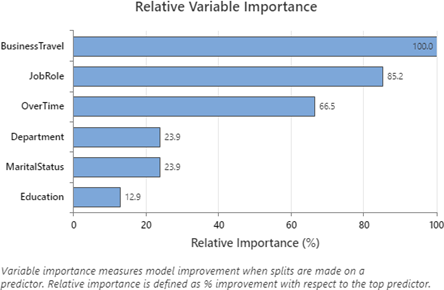
Future Research Plans
Future research could explore other factors influencing employee attrition, such as organizational culture, leadership style, and employee engagement. Longitudinal studies could track changes over time to understand the long-term effects on attrition rates. Additionally, investigating the interplay between identified factors, such as how Job Role and Over Time influence attrition, could provide deeper insights. Expanding the study across different industries and locations may reveal specific trends, allowing for tailored retention strategies. Lastly, incorporating qualitative methods like interviews and focus groups could offer a richer understanding of employees’ experiences and perceptions, complementing the quantitative findings.
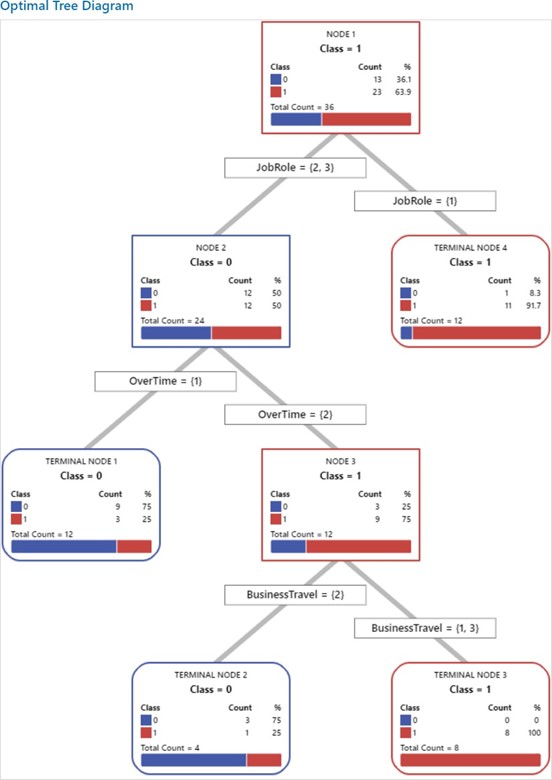
- Published in Departmental News, News, Paari Current Happenings, Research News
Expert Talk by Prof. Meenakshi Munshi
The Department of Biological Sciences at SRM University-AP organised an Expert Talk on “Various Funding Opportunities for Departments, Scholars, Postdocs, and Faculty of Life Sciences”. The event featured Prof. Meenakshi Munshi, Former Adviser/Scientist-G and Head of HRD & Societal Program Division at the Department of Biotechnology, Government of India.
The session had a turnout of participants and faculty members from various departments. The event, organised under the guidance of Dr Anil K Suresh, aimed to provide comprehensive information about the diverse funding landscape available to support research and academic initiatives in the life sciences domain.
During her presentation, Prof. Munshi offered a detailed overview of numerous funding sources accessible to researchers at different career stages. She expertly navigated through the complexities of eligibility criteria and application procedures, empowering attendees with practical knowledge and to identify and pursue appropriate funding opportunities. Prof. Munshi stressed on the importance of developing well-crafted research proposals and realistic budgets that align with the priorities of funding agencies, significantly increasing the chances of securing financial support.
One of the highlights of the session was Prof. Munshi’s emphasis on the value of collaborative research networks. She explained how strategic partnerships can strengthen funding applications and expand the scope and impact of research projects. This perspective encouraged participants to think beyond individual pursuits and consider the benefits of interdisciplinary collaboration, a principle that aligns perfectly with SRM University-AP’s research philosophy.
The event fostered intellectual discussions among participants, creating an environment conducive to knowledge sharing and networking. Students and faculty alike engaged with Prof. Munshi, seeking clarification on specific aspects of the funding process and sharing their experiences and challenges.
The talk built confidence in the participants’ ability to navigate the funding landscape. Armed with practical strategies for identifying suitable funding sources, understanding application requirements, crafting compelling proposals, and building collaborative networks, attendees are now better positioned to advance their research endeavours.
- Published in Biology News, Departmental News, News
Dr Amit Chakraborty and Scholar Publish their Research in Nature Index Journal
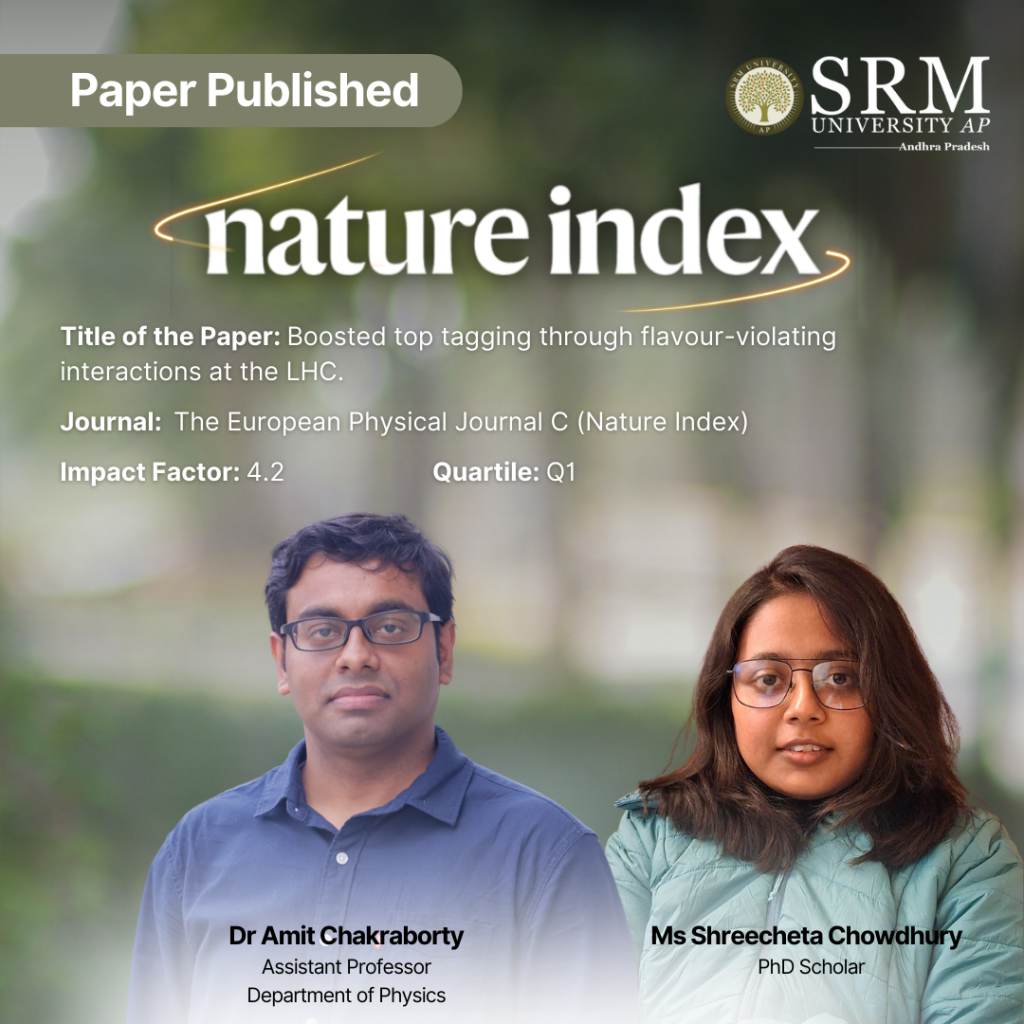
Dr Amit Chakraborty, Assistant Professor in the Department of Physics and Ms Shreecheta Chowdhury, PhD Scholar, have co-authored a research paper titled “Boosted top tagging through flavour-violating interactions at the LHC”, which has been published in the European Physical Journal C (Nature Index), Q1 Journal having an impact factor 4.2.
Their research focuses on identifying a rare process involving the top quark, one of the heaviest particles. In this rare decay, the top quark transforms into a charm quark and a Higgs boson, which then breaks down into two b quarks. The team uses the data collected at the Large Hadron Collider (LHC), the world’s largest particle smasher, and employs Machine Learning techniques to investigate the possibility of understanding these collision events and identifying signatures of physics Beyond the Standard Model.
Abstract
This paper describes a method for detecting a rare top quark decay into a charm quark and a Higgs boson (H), which decays further into b quarks, at the Large Hadron Collider (LHC), and introduces a tagging algorithm to identify boosted tops using large-R jets containing b- and c-tagged elements. We consider the associated production of the top quark with a W-boson and identify different observables to discriminate the signal from the Standard Model (SM) background events. Although our model with improved jet substructure methods outperforms existing approaches to tag such rare decay tops, the improvement in the New Physics reach in terms of t → cH branching ratio is marginal, even at the high luminosity run of LHC, compared to the existing limits from the LHC 13 TeV data. Additionally, the paper utilizes SHAP, a Game Theory-based method, to analyse the contribution of each observable to the classification of events, offering valuable insights into the classifier.
Future Research Plans
The team plans to explore Beyond Standard Model (BSM) physics through collider phenomenology. Leveraging the Higgs boson as a portal, they aim to investigate its potential role in dark matter interactions, neutrino mass generation, and possibly being part of a larger scalar sector. Additionally, Dr Chakraborty will delve into ultra-light particle searches and develop novel jet physics techniques using advanced Machine Learning (ML) algorithms for particle identification and classification. A crucial aspect of his work will be creating testable search strategies, ensuring direct comparison with experimental data from current and future colliders.
- Published in Departmental News, News, Physics News, Research News
Chemistry Student Secures Prestigious HEST Scholarship
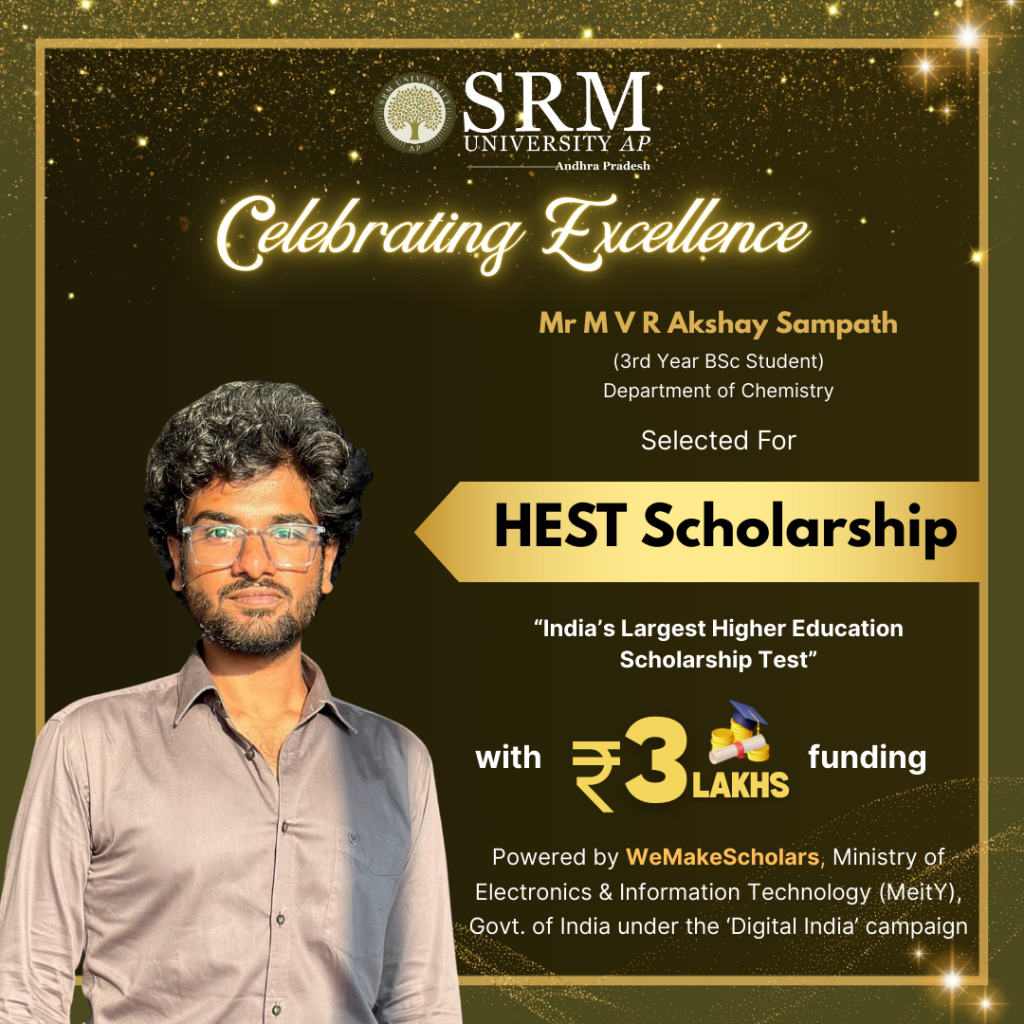
Department of Chemistry is proud to announce that Mr M V R Akshay Sampath, 3rd year BSc. Chemistry student has been selected for the HEST Scholarship, India’s largest Higher Education Scholarship Test powered by WeMakeScholars, an organisation funded and supported by the Ministry of Electronics & Information Technology (MeitY), Govt. of India under the ‘Digital India’ campaign. Through this scholarship, Mr Sampath is eligible for scholarship funding of ₹3 lakhs, which can be utilized towards tuition fees, academic expenses, or travel costs for higher education.
Along with academics, Akshay is working in the functional nanomaterials laboratory under the supervision of Dr Sabyasachi Chakrabortty and in computational chemistry research under the supervision of Dr Baswanth V S Oruganti, Chanakya University, Bangalore. This opportunity significantly supports his aspirations for higher education and research in the branches of bio-photonics and material science in the top research-intensive universities globally in countries like Germany, UK, Ireland, and the USA.
- Published in Chemistry-news, Departmental News, News
Film Gala 2025: Exploring Novel Media of Storytelling
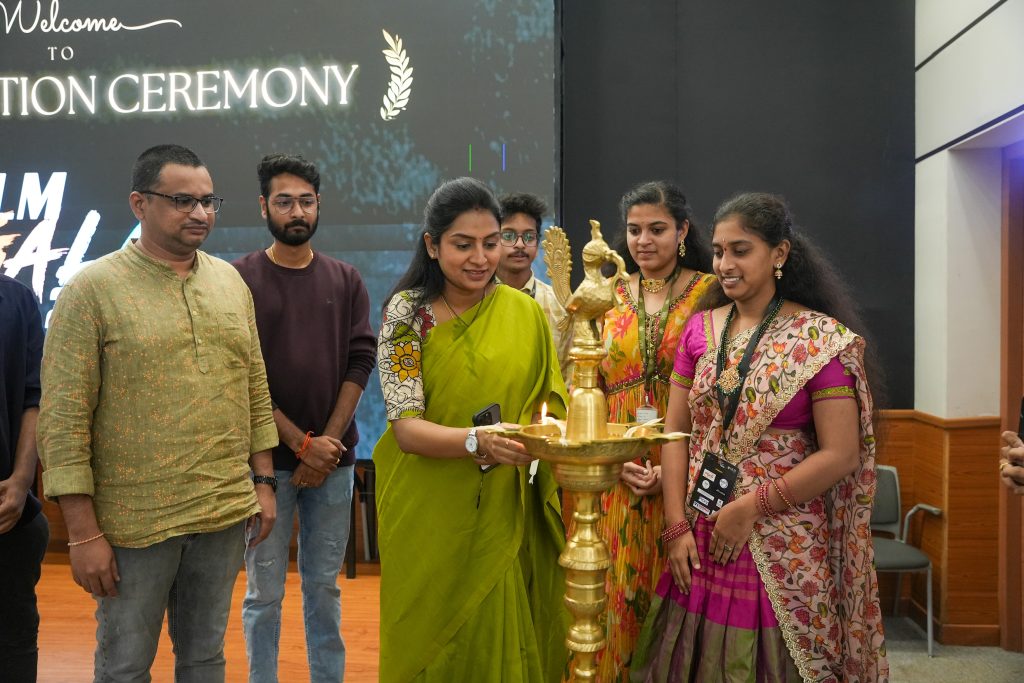
The Film Gala 2025, organised by the CineMates Club of SRM AP, was inaugurated with a formal ceremony that marked a prestigious two-day celebration dedicated to the art of cinema, narrative excellence, and creative expression. This distinguished event established a professional forum for filmmakers, artists, and cinema enthusiasts from across the nation to participate in intellectual discourse, competitive showcases, and cultural exhibitions.
The ceremony was honoured by the presence of Mrs Tejaswi Podapati Macharapu, Chairperson of the AP State Creativity and Culture Commission, Government of Andhra Pradesh, who served as the Chief Guest. She was accompanied by Mr Sujith Kalluri, Chief Club Advisors, distinguished faculty members, Founders and Alumni of CineMates, and official representatives from the organising committee.
The keynote address by Chief Guest Mrs Tejaswi Podapati Macharapu constituted the ceremony’s centrepiece. She delivered a comprehensive discourse on cinema’s transformative role in contemporary society. Drawing from her academic experiences, she emphasised the importance of integrating creative pursuits with scholastic endeavours. Mrs Tejaswi noted that India maintains its position as the world’s foremost film-producing nation, with an annual output exceeding 2,000 cinematic productions, thereby presenting substantial opportunities for aspiring filmmakers. She further emphasised that students from diverse academic disciplines, including engineering, possess the analytical acumen and creative capabilities necessary for success in the film industry.
To reinforce her message, Mrs Tejaswi referenced distinguished individuals from various professional domains, including politics, athletics, and the arts, underscoring how perseverance and passion are fundamental elements of professional achievement. She concluded her address by expressing admiration for the Film Gala’s established legacy and commended SRM AP for its institutional commitment to advancing artistic initiatives.
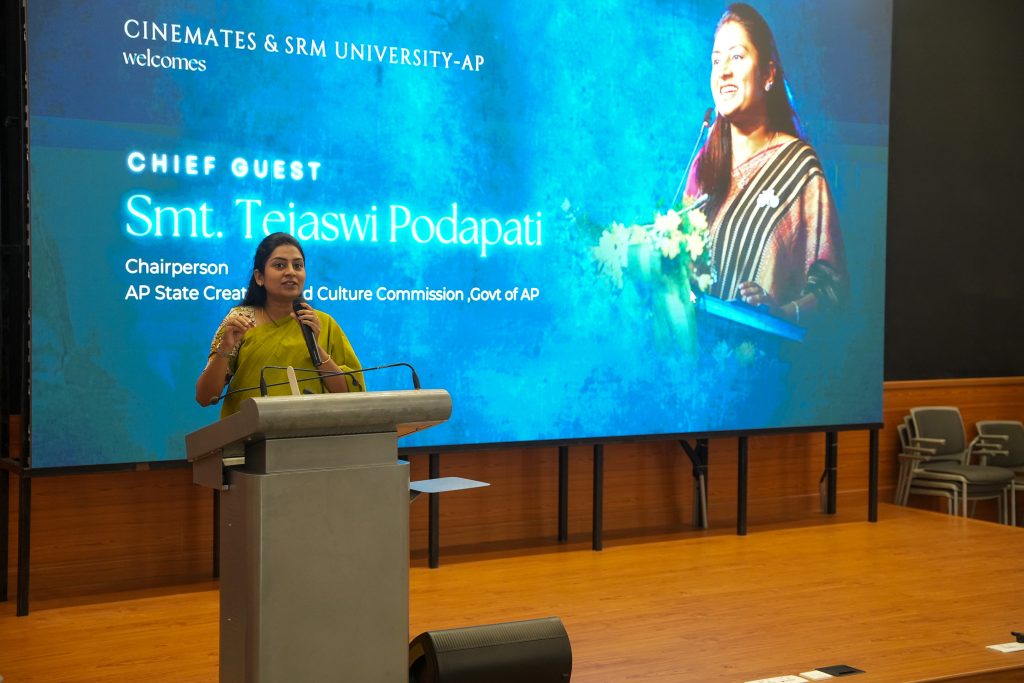
The ceremony featured classical dance performances by Ms. Preeti and Ms. Deepthi, who demonstrated the artistic interpretation of narrative through choreographed movement, exemplifying the intersection of traditional cultural expression and contemporary storytelling techniques.
A significant component of the inauguration was the formal announcement of the 24-Hour Filmmaking and Editing Challenges. The Visual Chase competition specified that participants create a two-minute video exploring the theme “Nature Speaks to Me,” while the Classic Cut competition challenged contestants to produce a trailer for the film ‘Kalki 2898 A.D.,’ with a maximum duration of 2 minutes and 30 seconds.
The inaugural ceremony concluded with a comprehensive presentation of the day’s scheduled activities, including curated short film screenings, a poetry recitation session, and an evening film presentation. The enthusiastic participation from attendees signified the successful launch of Film Gala 2025, establishing an auspicious foundation for what promised to be an intellectually stimulating and culturally enriching festival.
The event received generous sponsorship from esteemed organisations including Sastri Balm, AWEC Consultancy, IVY Overseas, ATHER, Vastrakala Shopping Mall, Picxy, Harivillu Promoters and Developers Pvt. Ltd., V1 Overseas Careers Pvt. Ltd., and GTR Solar Power. Their valued support facilitated the creation of a platform where emerging talents could demonstrate their artistic vision and technical expertise.
- Published in Departmental News, News, student affairs news, Students Affairs Events
Global Immersion Programme at Middlesex University, Dubai
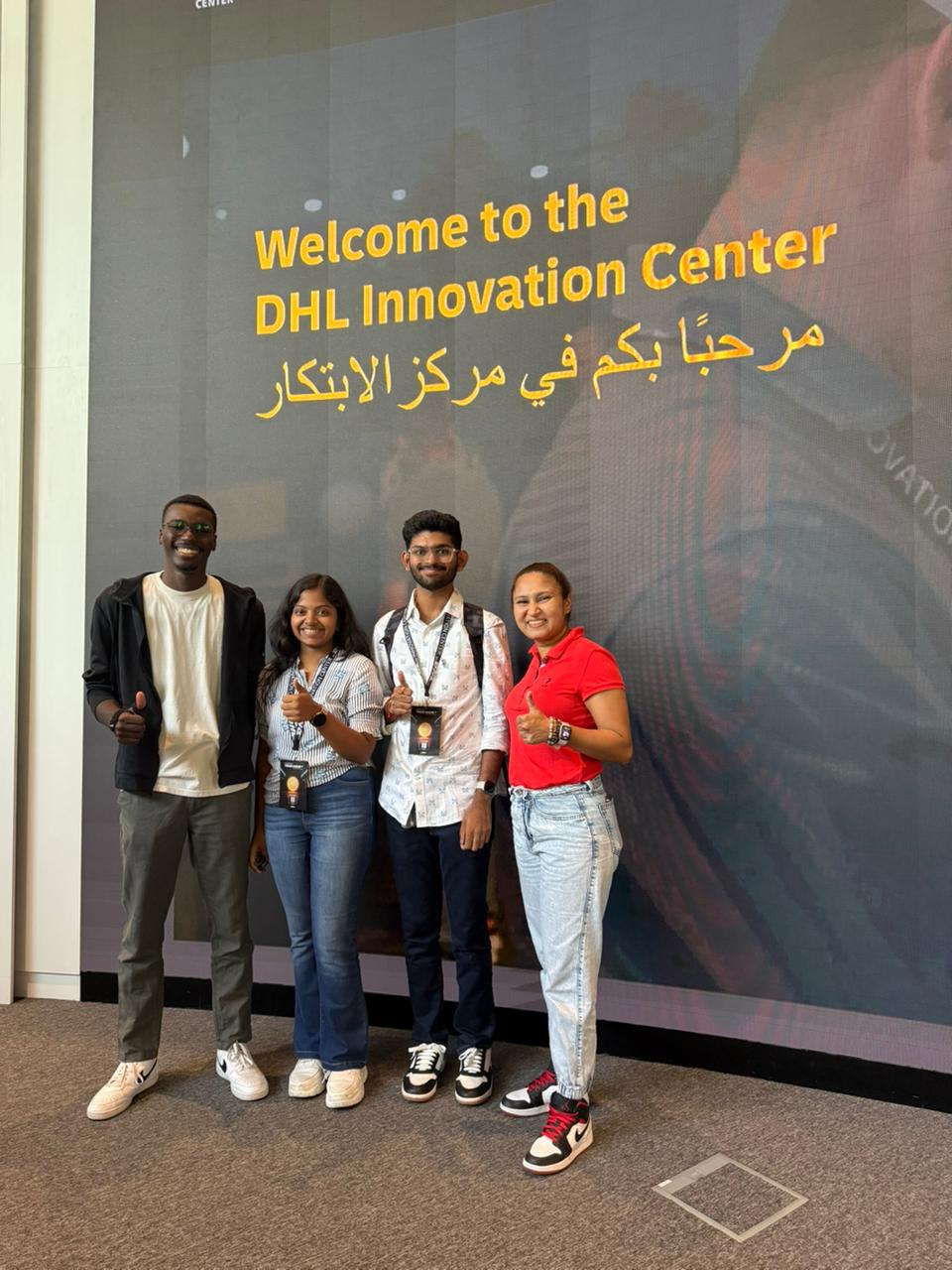 The Directorate of International Relations and Higher Studies successfully organised a Winter Global Immersion Programme in collaboration with Immersion Global at Middlesex University Dubai in 2024. Two of our students, one from BBA. – Business Administration (Hons.) and another from the Department of Computer Science and Engineering (CSE), participated in this enriching experience from November 5 to November 16, 2024
The Directorate of International Relations and Higher Studies successfully organised a Winter Global Immersion Programme in collaboration with Immersion Global at Middlesex University Dubai in 2024. Two of our students, one from BBA. – Business Administration (Hons.) and another from the Department of Computer Science and Engineering (CSE), participated in this enriching experience from November 5 to November 16, 2024
An incredible opportunity for Indian students to travel, explore, and learn! International University Immersion Programmes are thoughtfully curated at some of the world’s top universities and institutions to provide a global edge in learning and set students up for success.
In the Winter Immersion Programme 2024, organised by Immersion Global, SRM AP University students embarked on a transformative two-week journey. They had the unique privilege of participating in a prestigious programme at Middlesex University Dubai.
Our students immersed themselves in the vibrant technological hub of Dubai, UAE, gaining hands-on experience and valuable insights into cutting-edge advancements.
Programme Highlights:
- Explored innovative business models and entrepreneurship.
- Acquired skills in Design Thinking, Digital Marketing, and the fundamentals of Management & Financial Studies.
- Attended specialised courses on Accounting, Marketing Strategies, and Leading in a Cross-Cultural Context.
- Engaged in sessions on Business and Sustainability, Leading and Managing Change, and understanding the integration of AI in Business Leadership theories.
Alongside their academic endeavors, students were captivated by Dubai’s technological innovations and architectural marvels. Their journey also took them to the vibrant cities of the UAE—Dubai, Sharjah, and Abu Dhabi—where they embraced cultural diversity, explored local cuisines, and overcame barriers of tradition and innovation, further enriching their global outlook.
This exceptional experience reflects not only the outstanding leadership and technical expertise of our student Kesava but also the world-class education and unwavering support provided by SRM University-AP. We are incredibly proud of Kesava and his team and eagerly anticipate their future achievements in the realm of remote sensing and beyond.
- Published in Departmental News, IR-News, News
Discover India 2025: SRM AP Host Delegates from Ryukoku University
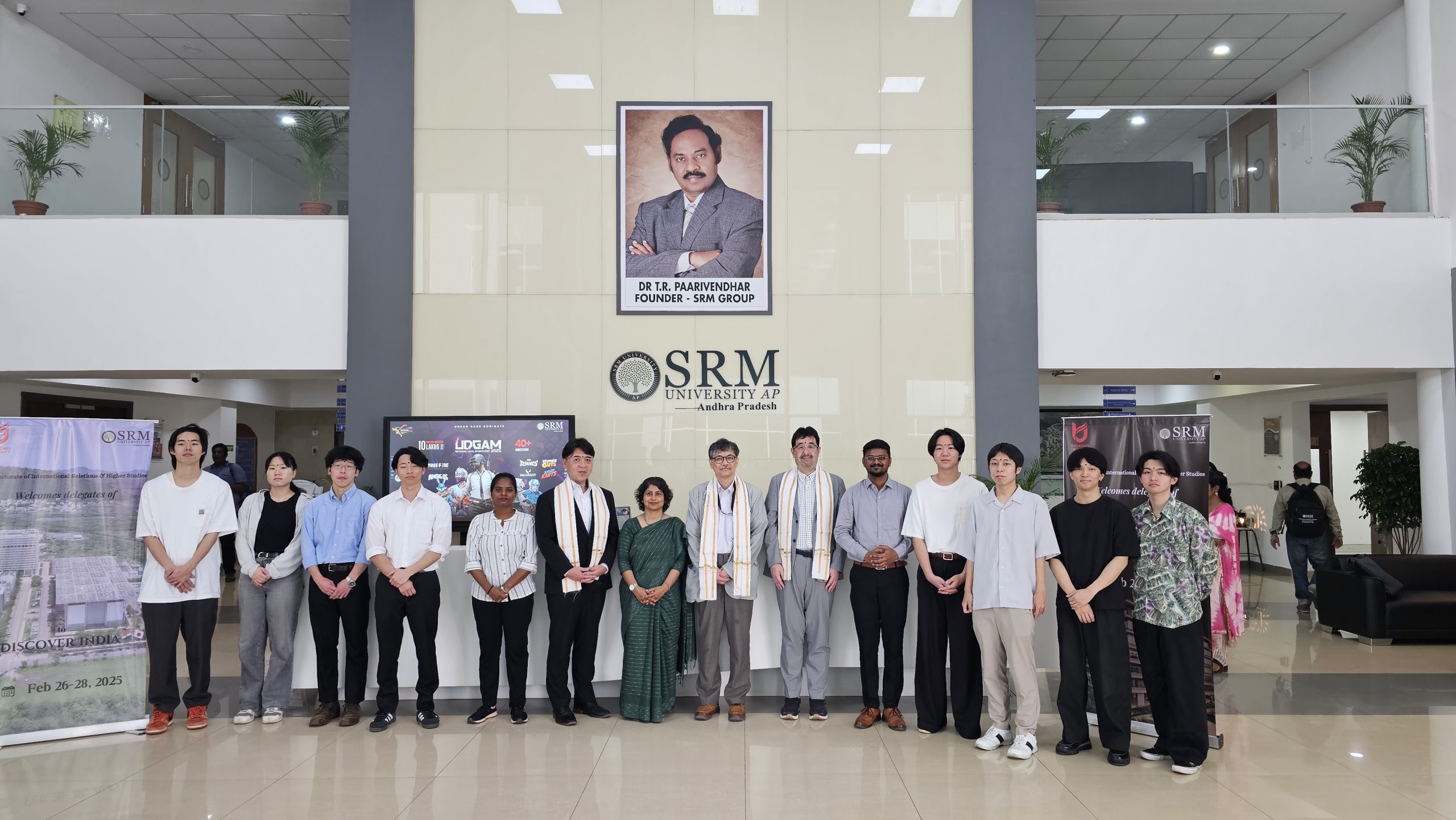 The Directorate of International Relations & Higher Studies welcomed the students and faculty from Ryukoku University, Japan for the “Discover India 2025 ” programme.
The Directorate of International Relations & Higher Studies welcomed the students and faculty from Ryukoku University, Japan for the “Discover India 2025 ” programme.
A 4-day Discover India 2025 programme conducted by the Directorate of International Relations and Higher Studies was inaugurated by Dr K A Sunitha – Associate Professor and Head, Department of Electronics and Communication Engineering alongside Dr Mahesh Kumar Ravva – Associate Professor and Assistant Dean Research; Dr Ishita Sar – Assistant Professor from Paari School of Business and Prof. P Vivekananda Shanmuganathan – Professor, Mechanical Engineering. “Discover India 2025” is a flagship initiative of the university to promote India’s cultural and knowledge traditions.
Dr Sudeshna Saha, Assistant Director of International Relations and Higher Studies, received the international students at the grand inaugural ceremony of the programme. Students participated in various short courses on research area, visits were made to Electronic Cooling Lab, Computer Science and Engineering labs, Research Lab’s, Civil Engineering Labs and Drone and Centre for Geospatial Technologies.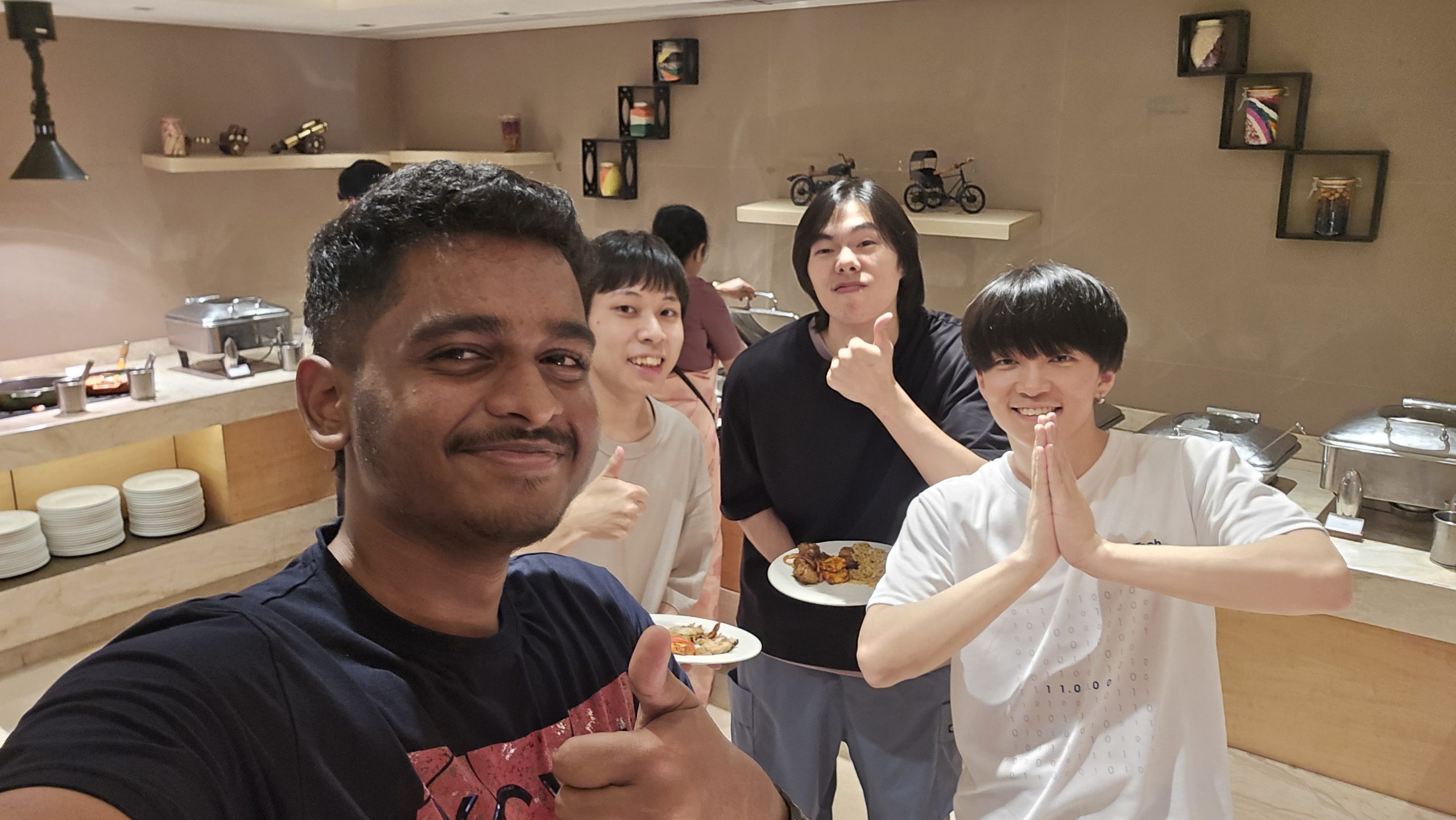
A discussion was held with the IR & HS team and with the leadership team regarding various mobility programmes, including Student and Faculty Exchange, Transfer Programmes, Joint Research initiatives, and opportunities for mutual collaboration between Ryukoku University and SRM University-AP.
An interactive session was organised for Destination Japan students currently learning Japanese at SRM University-AP, supported by SRM Global. Professors Otsu Hirotaka & Prof. Kimura Mutsumi delivered an engaging presentation on Ryukaku University, highlighting job and internship opportunities in Japan. The session provided a platform for Destination Japan students to interact with peers learning Japanese. Over 52 students actively participated, making the event a resounding success.
As part of the “Discover India” programme, SRM University-AP organised an industrial visit to HCL Technologies Limited, Vijayawada, on February 26, 2025. A total of 15 participants, including professors, staff, and students from Ryukoku University, Forum Engineering, and SRM University-AP, attended. The Japanese group had a valuable experience, interacting with HCL’s Health Center and the Head of Training and Recruitment team.
Participants visited landmarks such as the Dhyana Buddha statue, Bhavani Island and the Kanaka Durga Temple in Vijayawada, deepening their appreciation of Indian culture.
- Published in Departmental News, IR-News, News


